The Japanese culture is known for its minimalism, simplicity, and sense of harmony. This is reflected in their interior design, especially in their living rooms. A Japanese-style living room is characterized by clean lines, natural materials, and a calm, serene atmosphere. It is a space where one can relax, meditate, and find inner peace. Let's explore the top 10 Japanese living room concepts that can bring a touch of Zen to your home.Japanese-style living room
In a minimalist Japanese living room, less is more. This concept focuses on keeping the space clutter-free and using only essential furniture and decor. The color palette is usually neutral, with accents of earthy tones such as beige, brown, and forest green. The furniture is low to the ground, with clean and simple lines. This style promotes a sense of calm and harmony in the space.Minimalist Japanese living room
Tatami mats are a traditional flooring material in Japanese homes. They are made of rice straw and covered with woven rush grass. A tatami mat living room is a space that embraces the natural and organic elements of Japanese design. The floor is covered with tatami mats, while the walls are usually made of wood or have a wooden paneling effect. This living room concept is perfect for those who want to add a touch of authenticity to their space.Tatami mat living room
Zen is a Japanese school of Buddhism that emphasizes meditation and intuition. A Zen living room is a space that promotes tranquility and inner peace. The color palette is usually neutral, with soft and calming colors such as white, grey, and pastel shades. The furniture is minimal, with a focus on simplicity and functionality. This concept is perfect for those who want to create a space for meditation and mindfulness.Zen living room
Feng shui is a Chinese philosophy that emphasizes the flow of energy in a space. In a Japanese living room, feng shui principles are incorporated to promote harmony and balance. The furniture is arranged in a way that allows for the smooth and unobstructed flow of energy. The color palette is usually calming and balanced, with a mix of warm and cool tones. This concept is perfect for those who want to create a space that promotes well-being and positive energy.Feng shui living room
A traditional Japanese living room is a space that reflects the rich and ancient culture of Japan. The furniture is usually made of solid wood and has intricate designs. The color palette is earthy and natural, with a mix of warm and cool tones. Traditional Japanese living rooms often have a low and open seating arrangement, with floor cushions and low tables. This concept is perfect for those who want to add a touch of history and heritage to their home.Traditional Japanese living room
A modern Japanese living room is a space that brings together minimalism and functionality. The furniture is usually sleek and streamlined, with a focus on clean lines. The color palette is usually neutral, with bold pops of color such as red, teal, or mustard yellow. This concept is perfect for those who want to create a space that is sophisticated and contemporary.Modern Japanese living room
A Japanese-inspired living room is a space that incorporates elements of Japanese design, but with a modern twist. It can include elements such as shoji screens, sliding doors, and Japanese artwork. The color palette is usually natural, with a mix of neutral and earthy tones. This concept is perfect for those who want to add a touch of Japanese to their space without fully committing to a traditional design.Japanese-inspired living room
In a natural Japanese living room, the focus is on bringing the outdoors in. The color palette is usually natural, with a mix of earth tones and greenery. The furniture is often made of natural materials such as wood, bamboo, and rattan. This concept is perfect for those who want to create a calm and serene space that is connected to nature.Natural Japanese living room
The key to a Japanese living room is harmony. This concept emphasizes the balance between all elements in the space, including color, texture, and natural elements. It is a space that promotes peace, serenity, and balance. This concept is perfect for those who want to create a space that is harmonious and tranquil.Harmony in Japanese living room
The Simplicity and Serenity of Japanese Living Room Concepts

Embracing Minimalism and Nature
 Japanese living room concepts are rooted in the principles of minimalism and nature. The Japanese culture values simplicity and believes that less is more. This is reflected in their living room designs, where clutter is kept to a minimum and only essential items are displayed. The use of natural materials such as wood, bamboo, and stone is also a key element in Japanese living room concepts. These materials not only add a touch of warmth and texture to the space, but they also connect the room to the natural world outside.
Japanese living room concepts are rooted in the principles of minimalism and nature. The Japanese culture values simplicity and believes that less is more. This is reflected in their living room designs, where clutter is kept to a minimum and only essential items are displayed. The use of natural materials such as wood, bamboo, and stone is also a key element in Japanese living room concepts. These materials not only add a touch of warmth and texture to the space, but they also connect the room to the natural world outside.
The Art of Balance and Harmony
 Another important aspect of Japanese living room concepts is the art of balance and harmony. This can be seen in the carefully curated placement of furniture and décor. In a Japanese living room, everything has its place and purpose, creating a sense of order and tranquility. The furniture is often low to the ground, promoting a feeling of closeness to the earth and a sense of groundedness. The colors used in Japanese living rooms are also carefully chosen to create a harmonious and peaceful atmosphere.
Keywords: simplicity, minimalism, nature, balance, harmony, tranquility, furniture, décor, peaceful atmosphere
Another important aspect of Japanese living room concepts is the art of balance and harmony. This can be seen in the carefully curated placement of furniture and décor. In a Japanese living room, everything has its place and purpose, creating a sense of order and tranquility. The furniture is often low to the ground, promoting a feeling of closeness to the earth and a sense of groundedness. The colors used in Japanese living rooms are also carefully chosen to create a harmonious and peaceful atmosphere.
Keywords: simplicity, minimalism, nature, balance, harmony, tranquility, furniture, décor, peaceful atmosphere
Bringing the Outdoors In
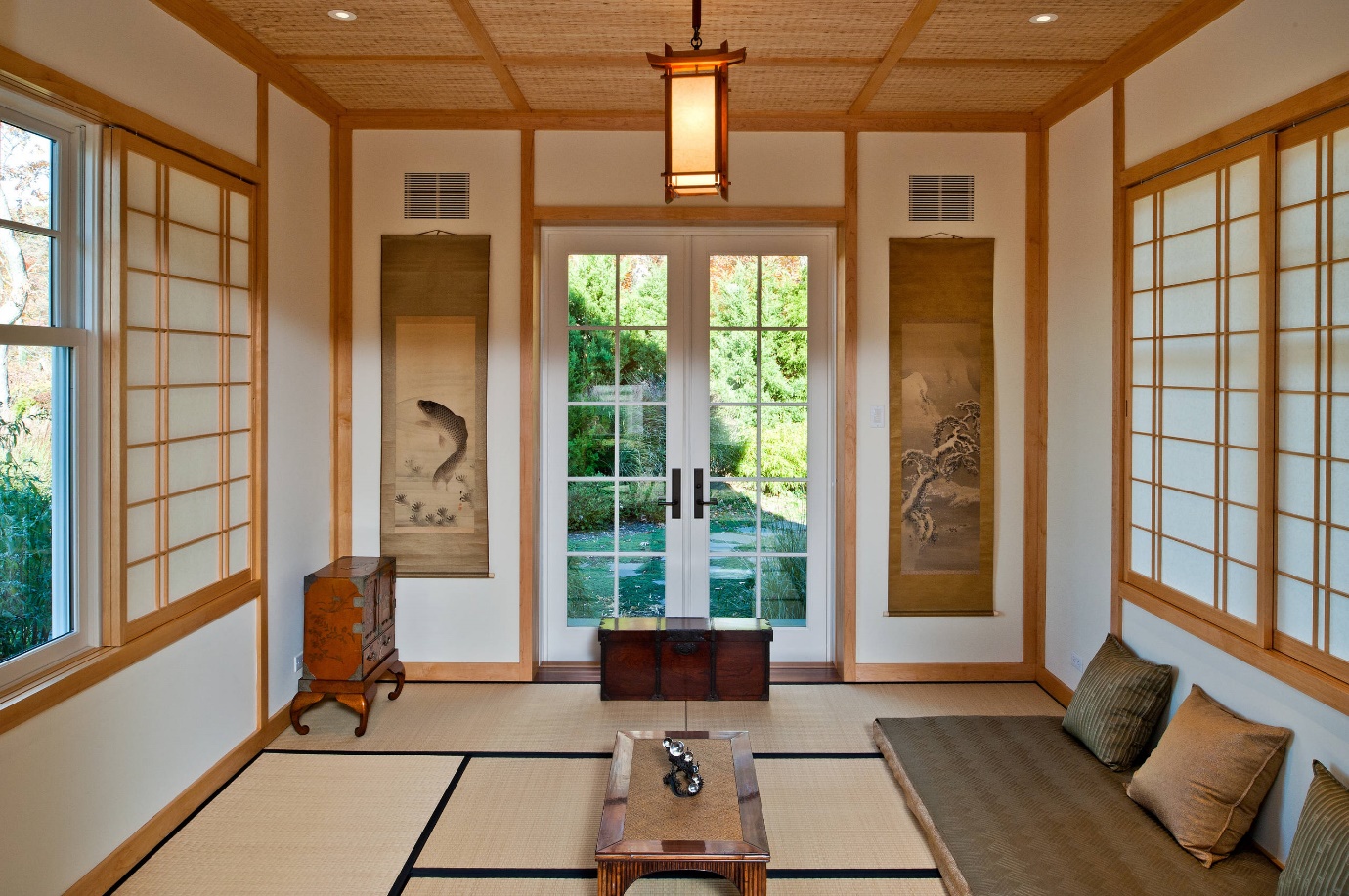 One unique aspect of Japanese living room concepts is the incorporation of elements from the natural world. This can be seen in the use of large windows, sliding doors, and indoor gardens. These design elements not only allow natural light to flood the space, but they also blur the lines between indoor and outdoor living. In Japanese culture, connecting with nature is highly valued, and this is reflected in their living room designs.
One unique aspect of Japanese living room concepts is the incorporation of elements from the natural world. This can be seen in the use of large windows, sliding doors, and indoor gardens. These design elements not only allow natural light to flood the space, but they also blur the lines between indoor and outdoor living. In Japanese culture, connecting with nature is highly valued, and this is reflected in their living room designs.
The Importance of Functionality
 Japanese living room concepts prioritize functionality above all else. This can be seen in the multi-functional furniture pieces, such as low tables that can also be used for dining, and futons that can be easily folded and put away. This emphasis on functionality allows for a more efficient use of space, making Japanese living rooms perfect for small homes or apartments.
Keywords: natural light, indoor gardens, functionality, multi-functional, efficient use of space, small homes, apartments
Japanese living room concepts prioritize functionality above all else. This can be seen in the multi-functional furniture pieces, such as low tables that can also be used for dining, and futons that can be easily folded and put away. This emphasis on functionality allows for a more efficient use of space, making Japanese living rooms perfect for small homes or apartments.
Keywords: natural light, indoor gardens, functionality, multi-functional, efficient use of space, small homes, apartments
In conclusion, Japanese living room concepts embody simplicity, harmony, and a strong connection to nature. By incorporating these elements into your own living room design, you can create a space that promotes peace, tranquility, and a deeper appreciation for the beauty of the natural world.

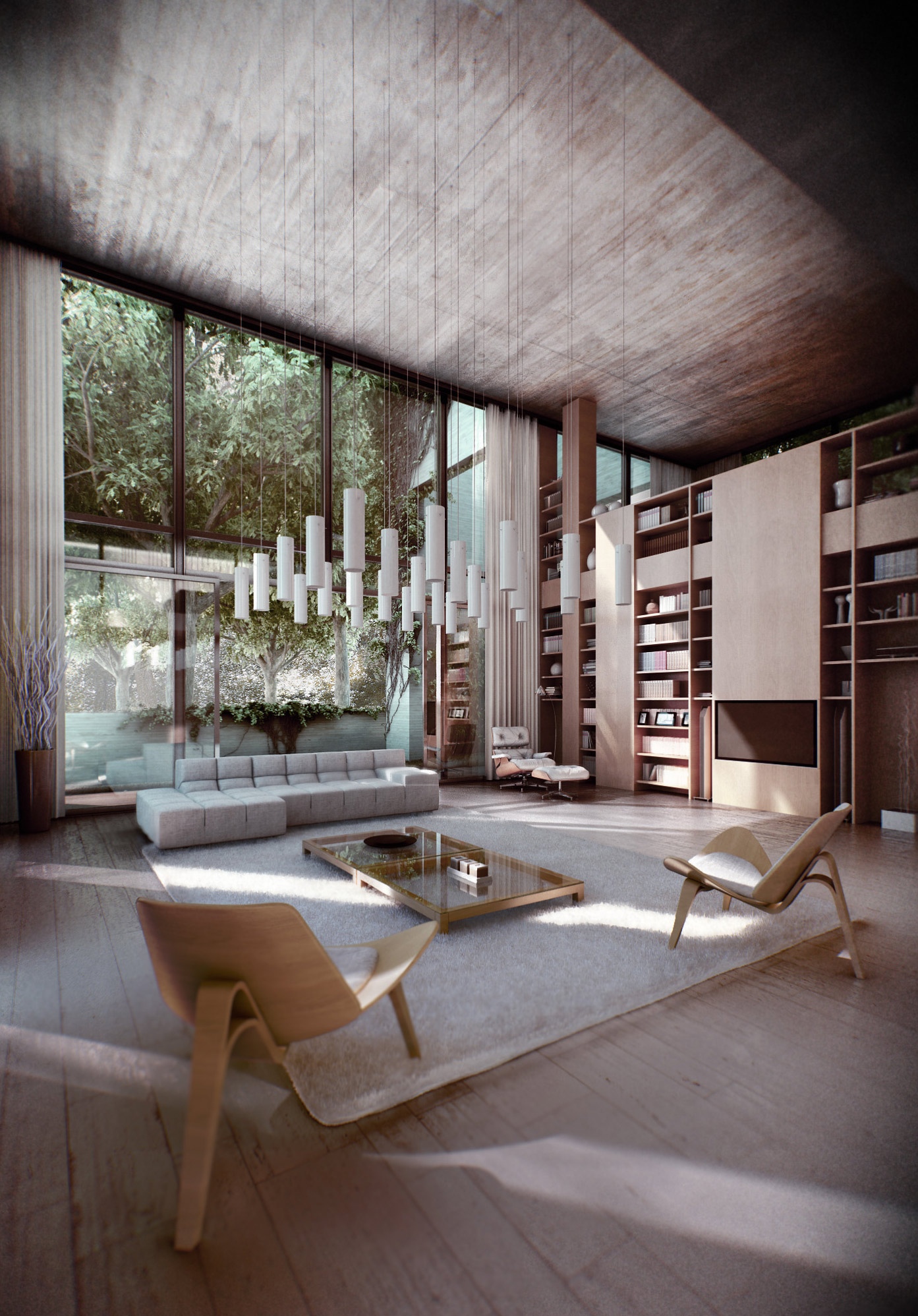

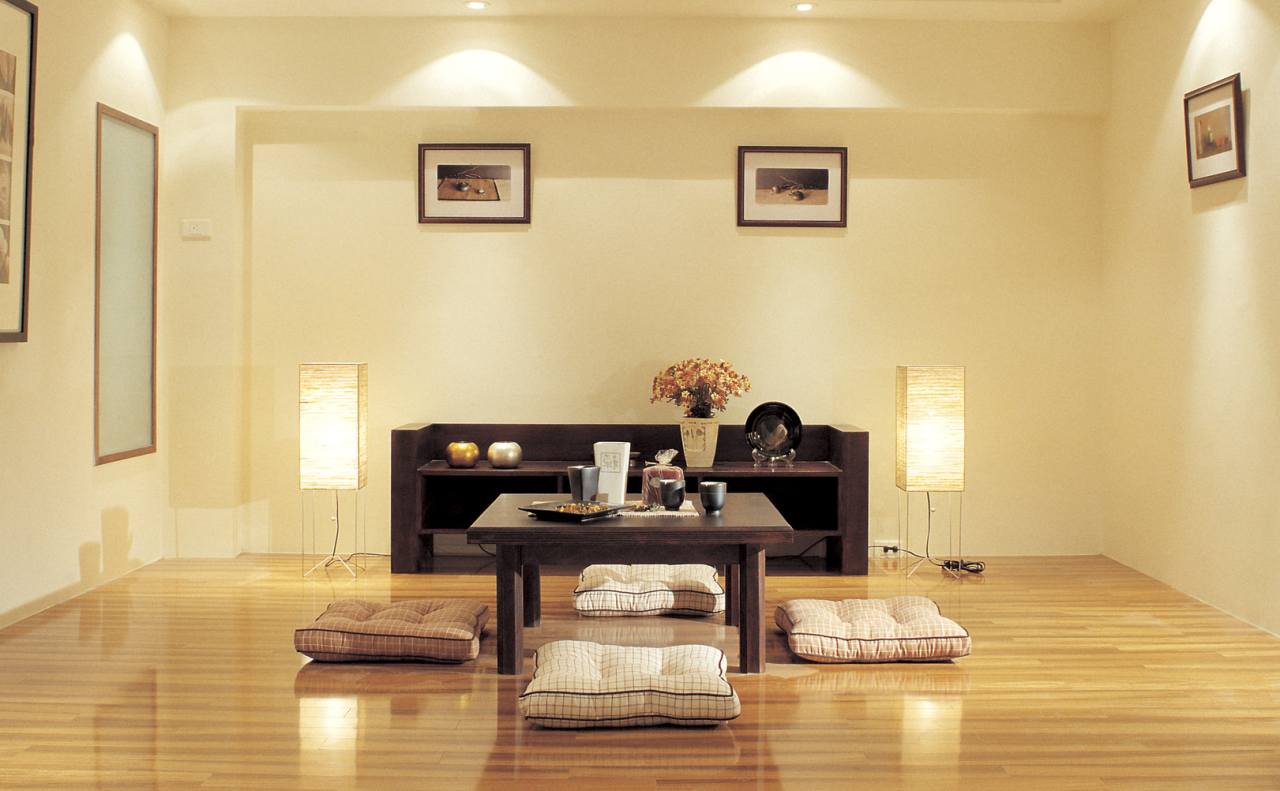


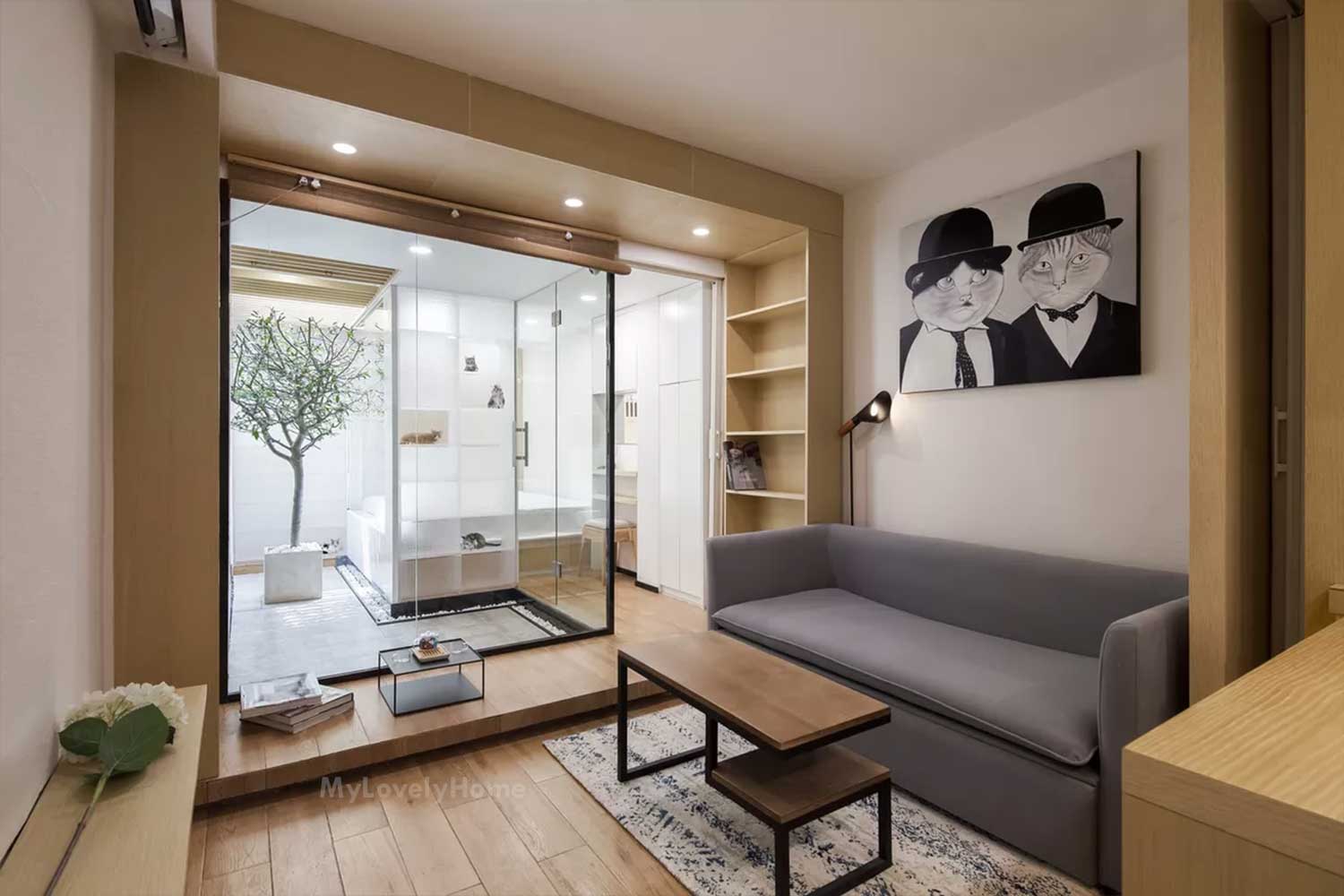
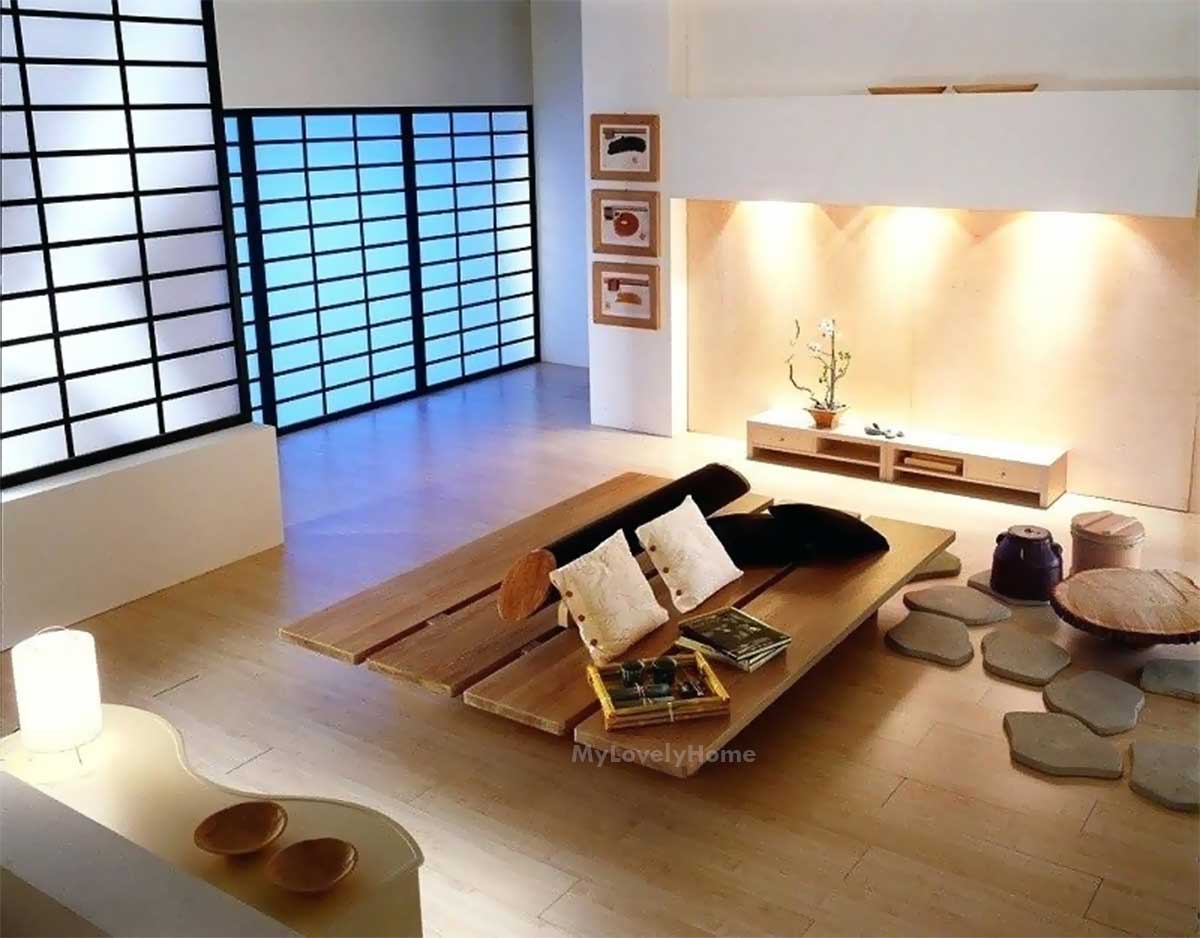






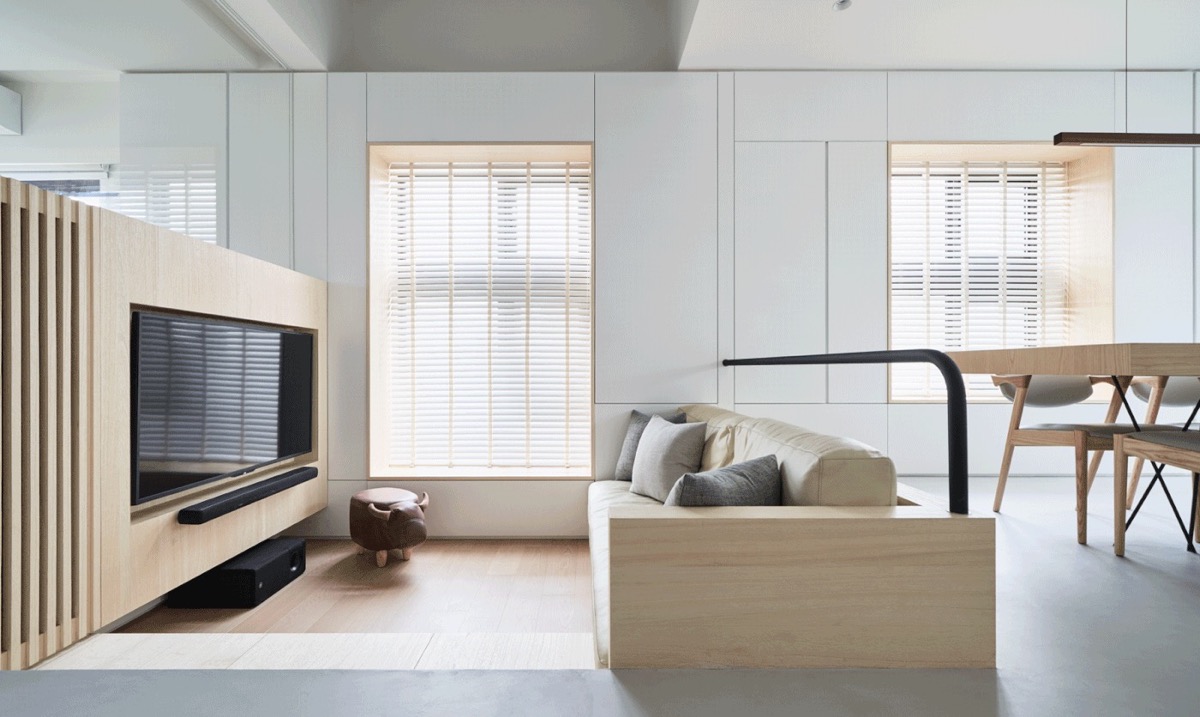
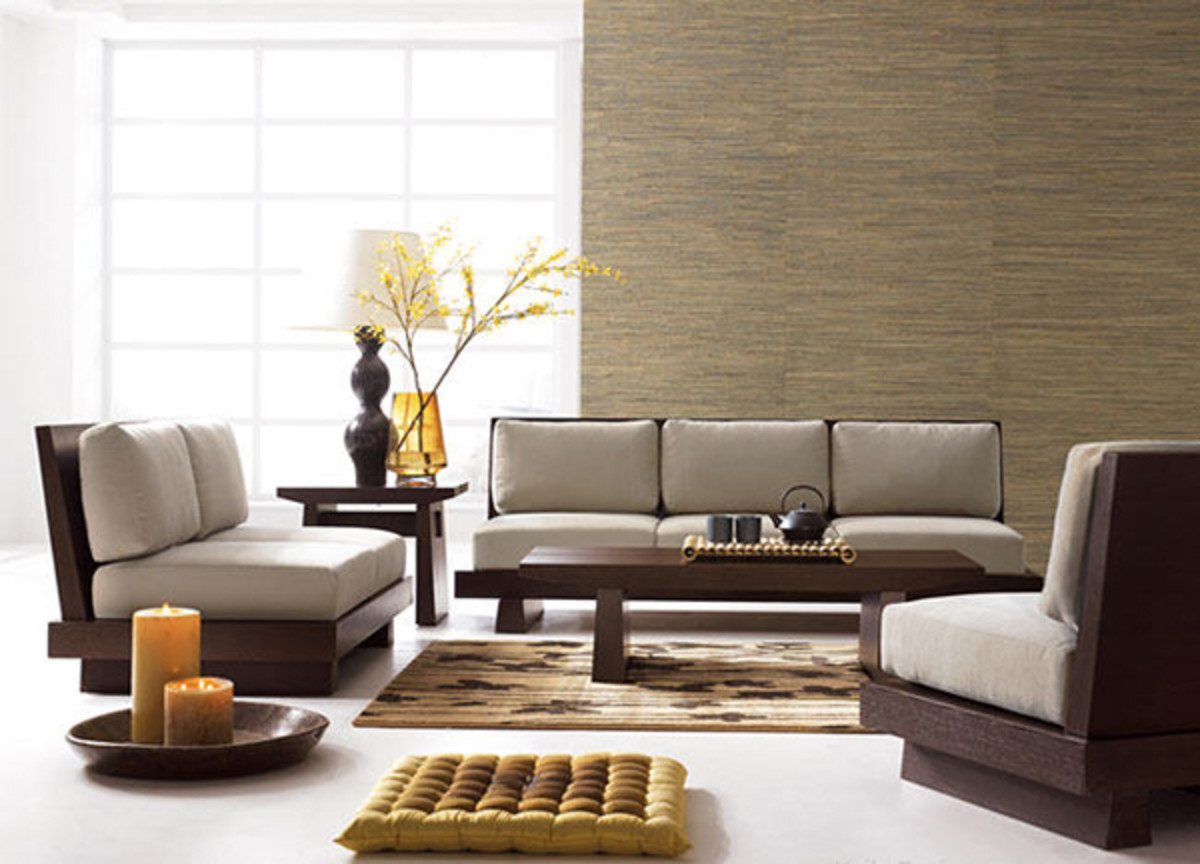

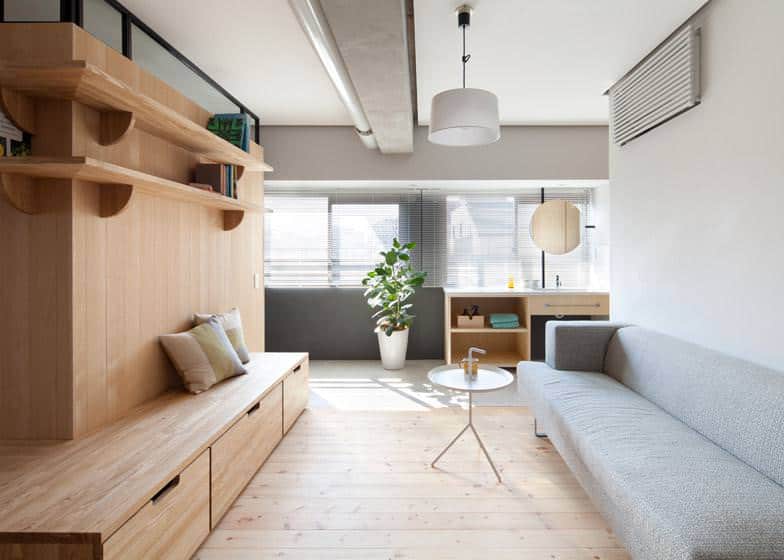



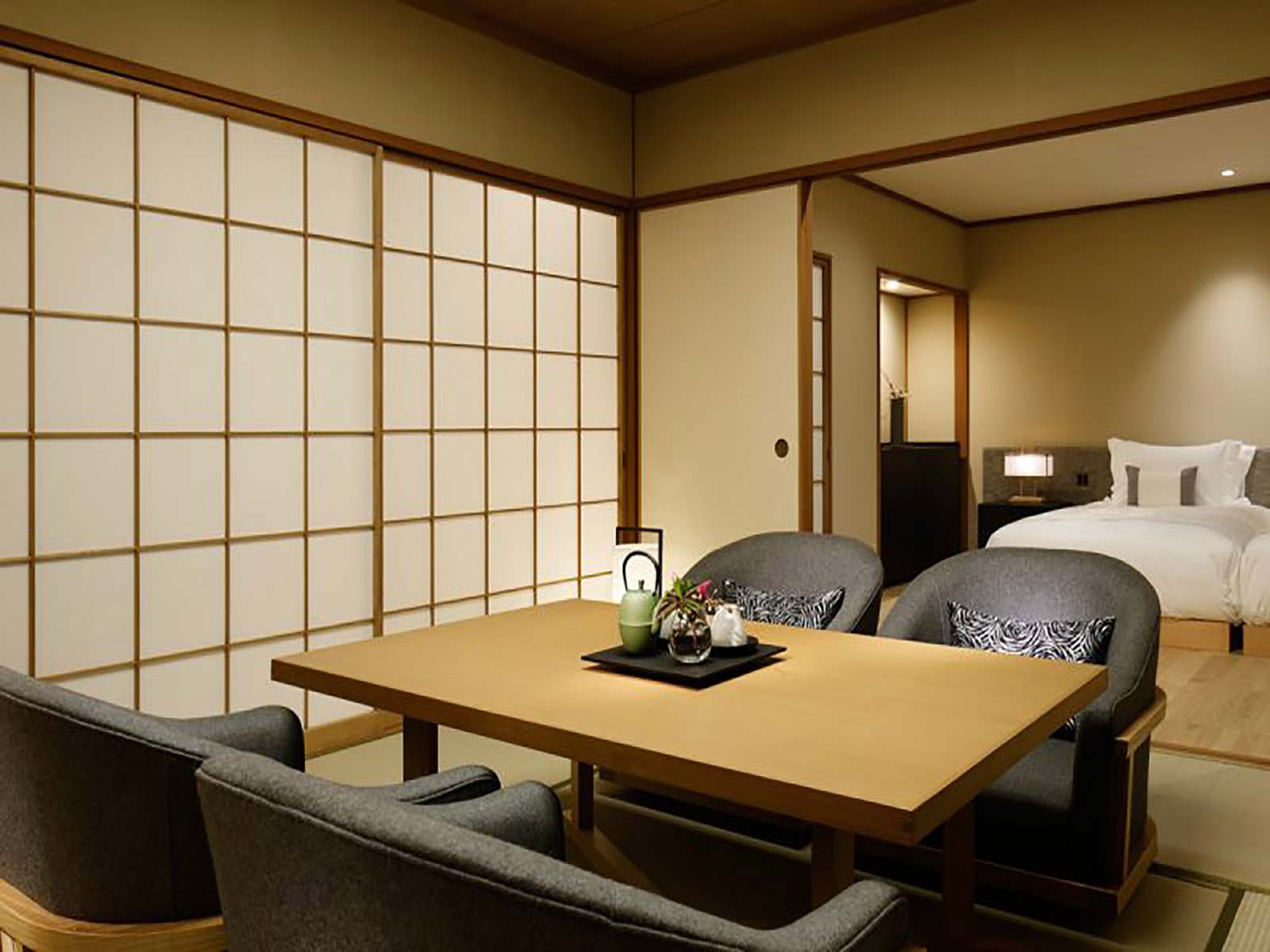

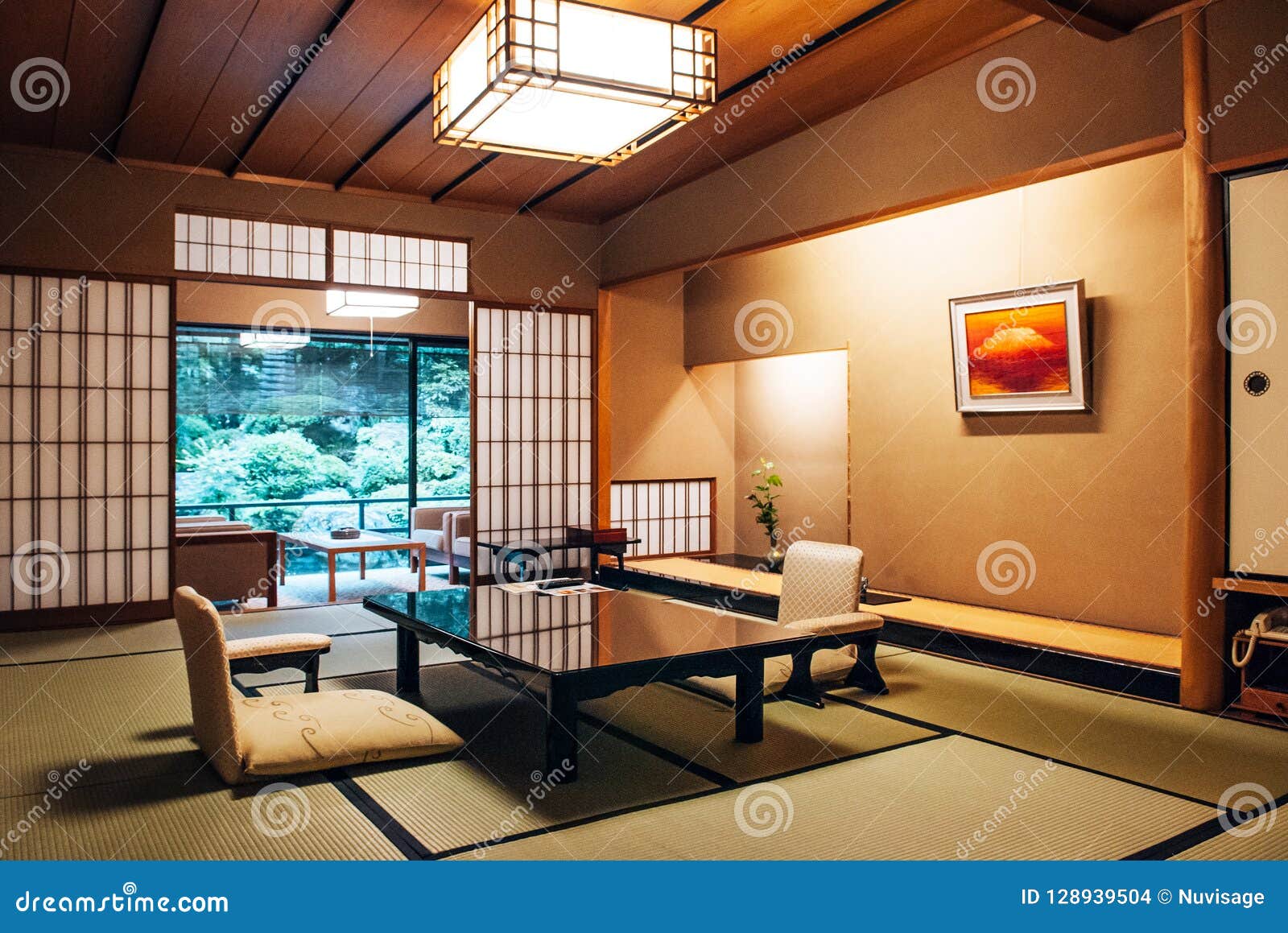
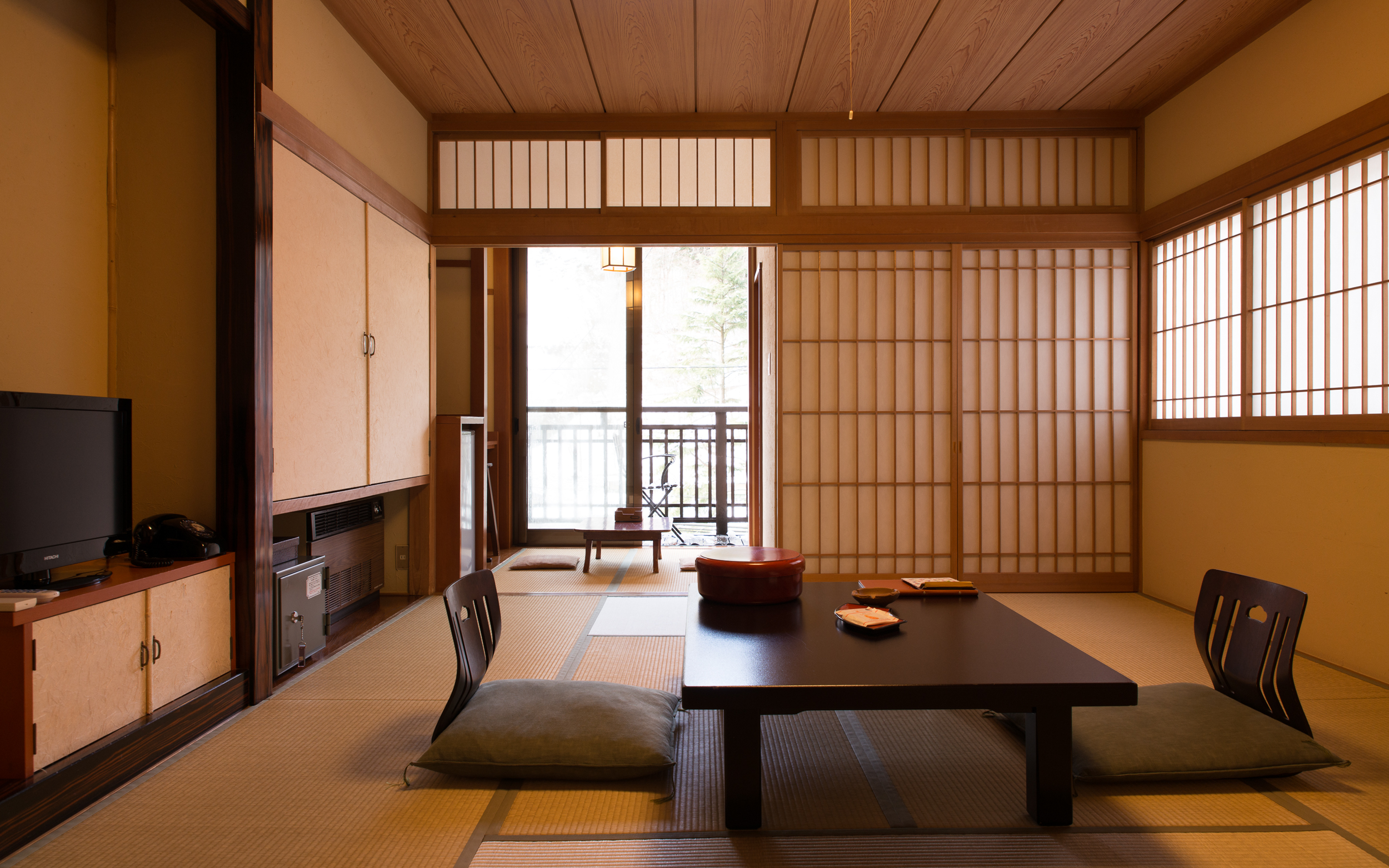
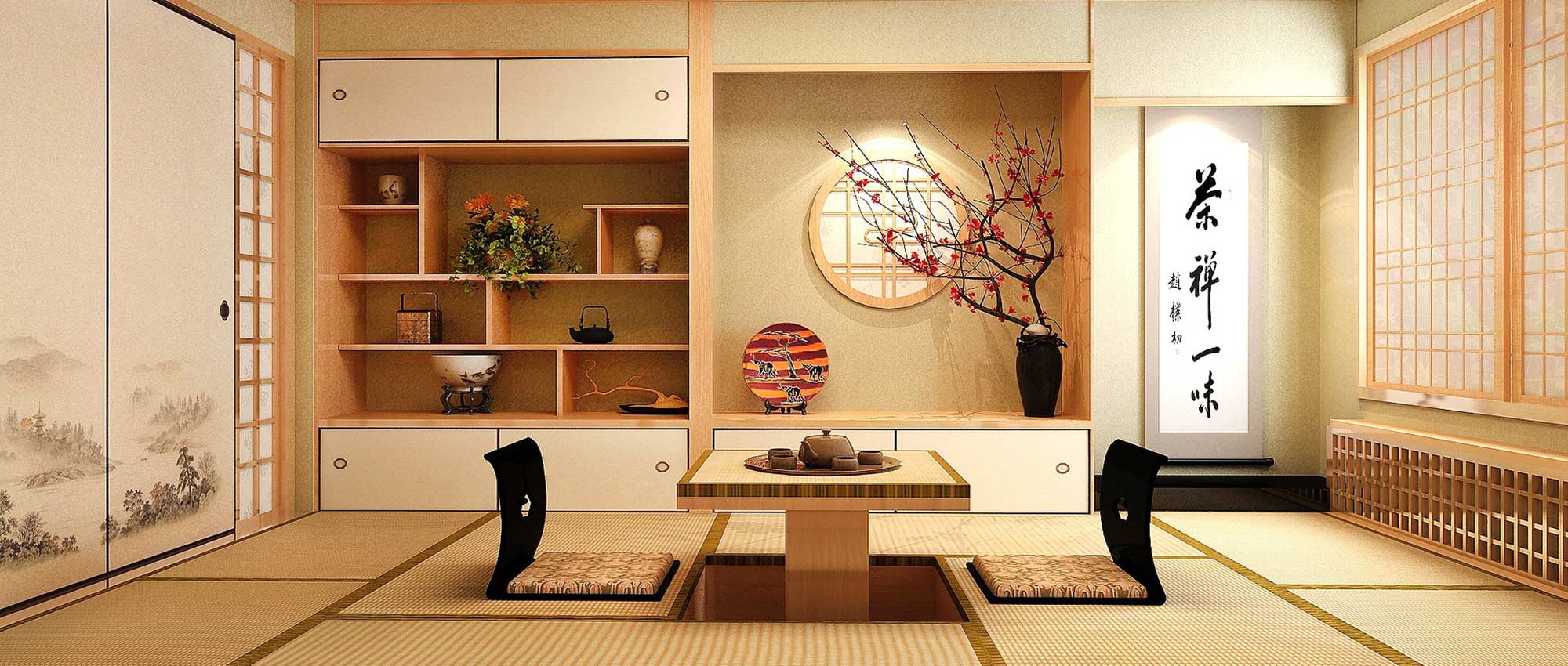

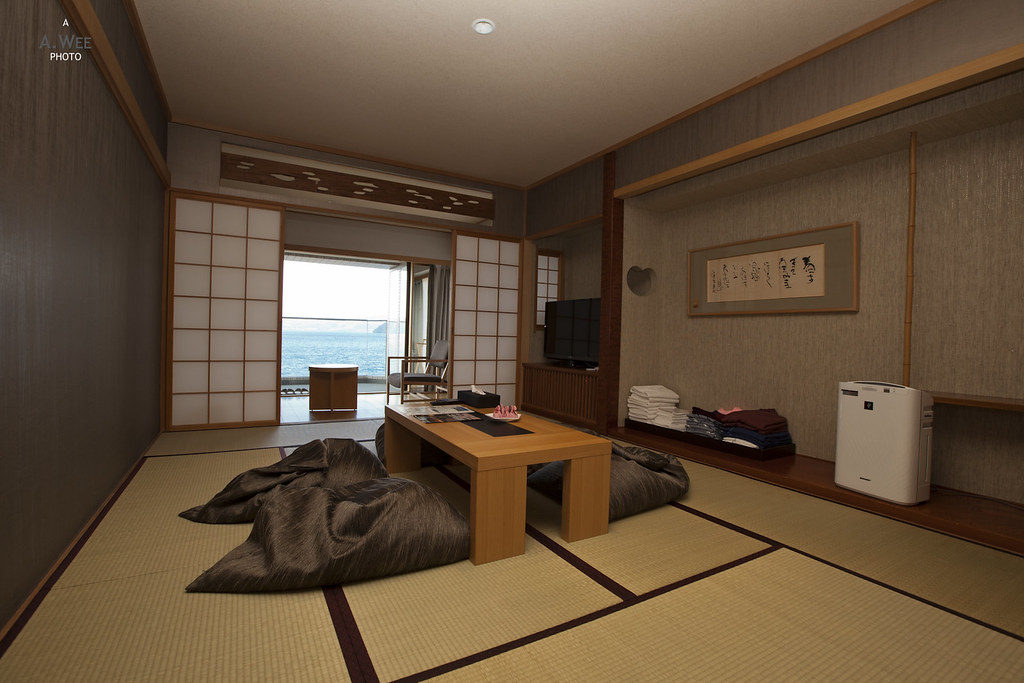







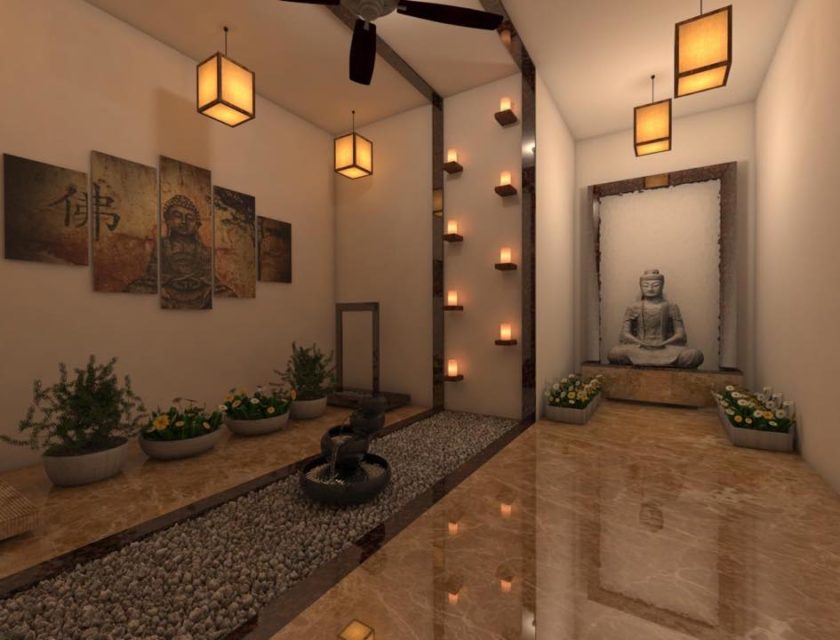

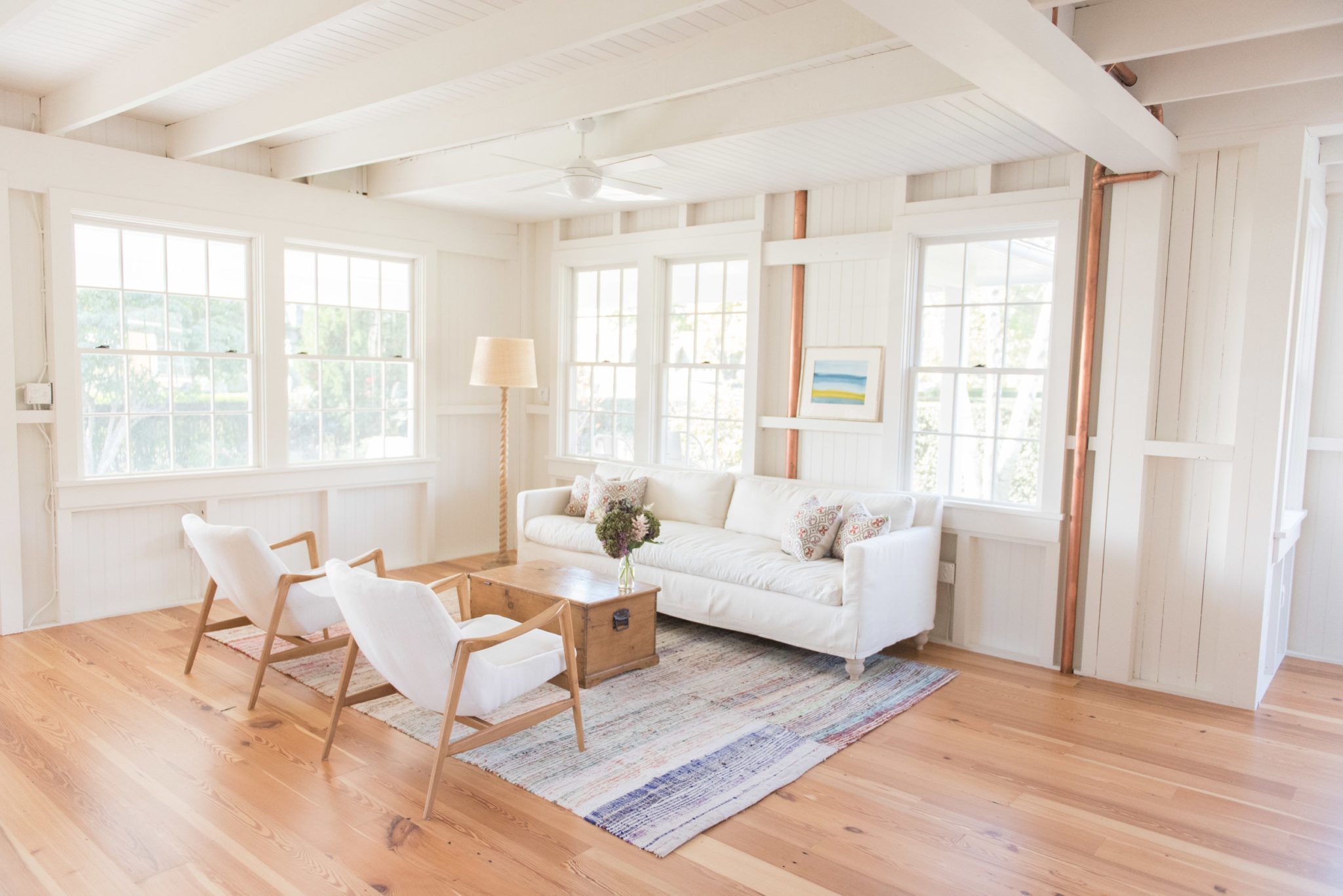
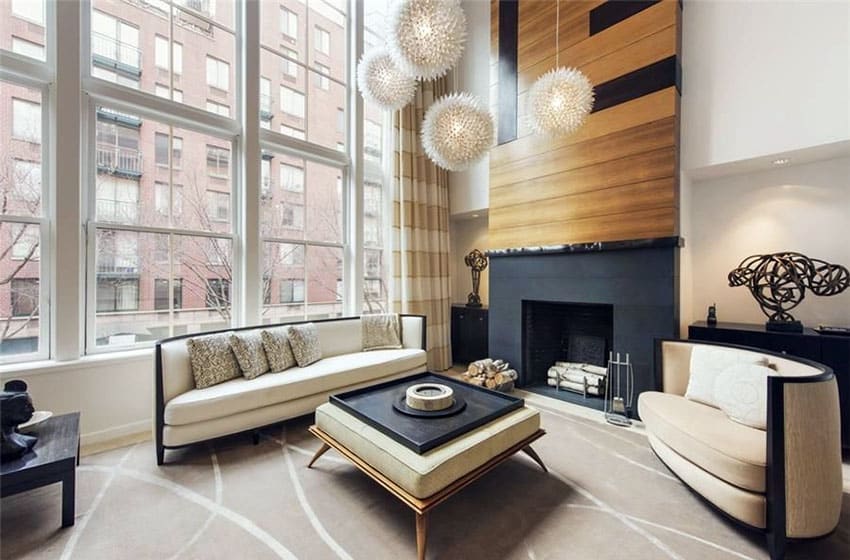





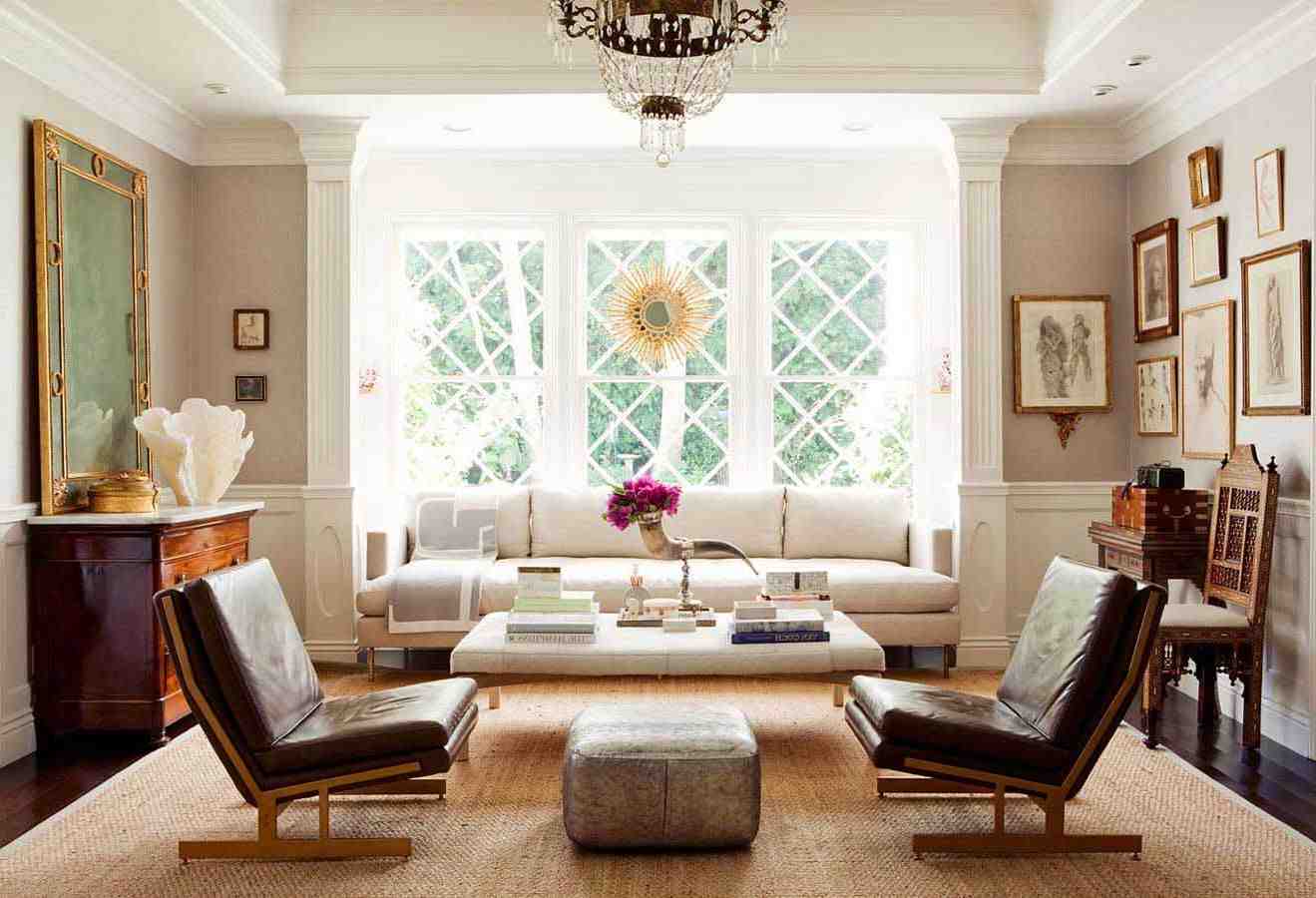
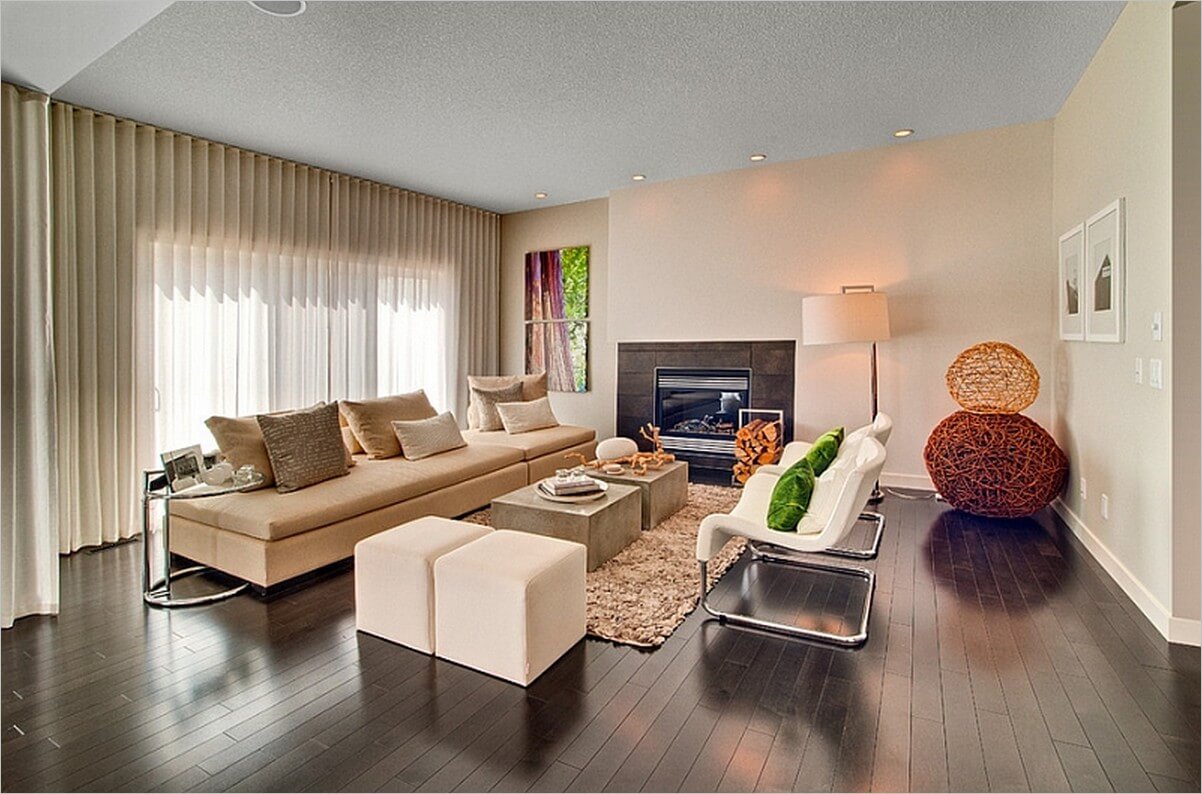


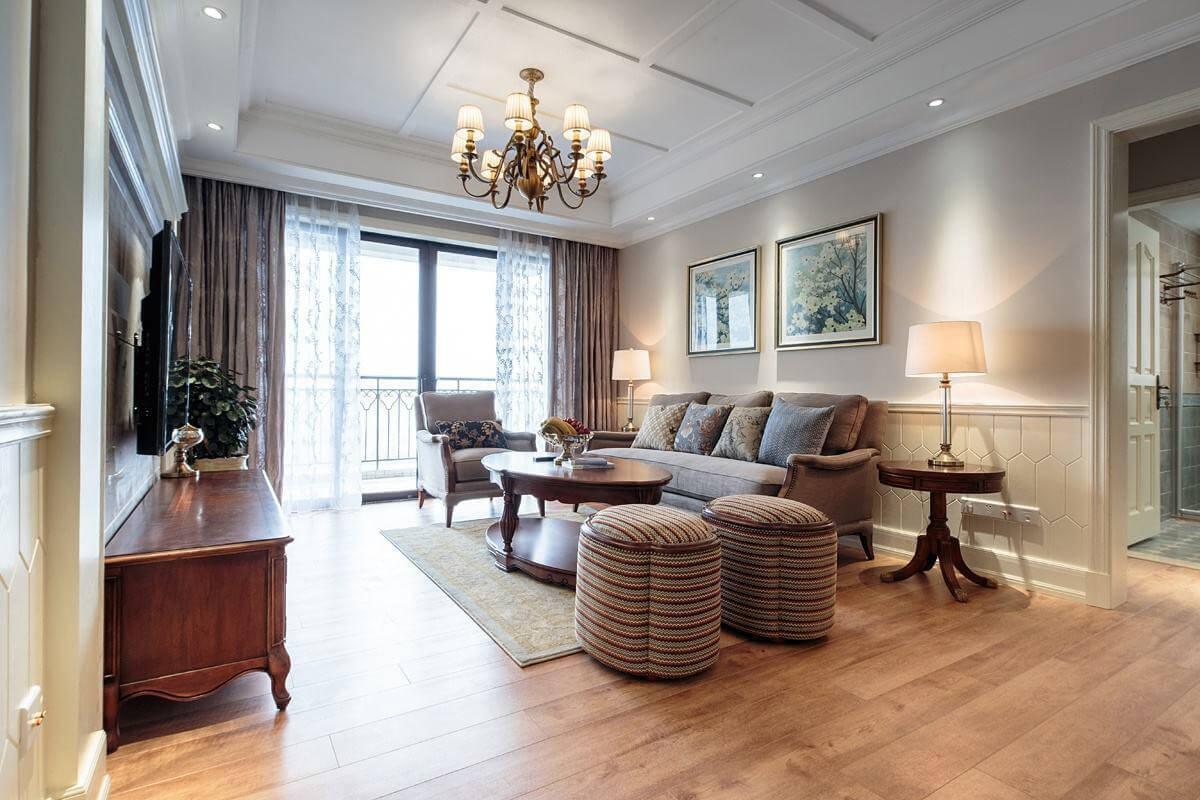
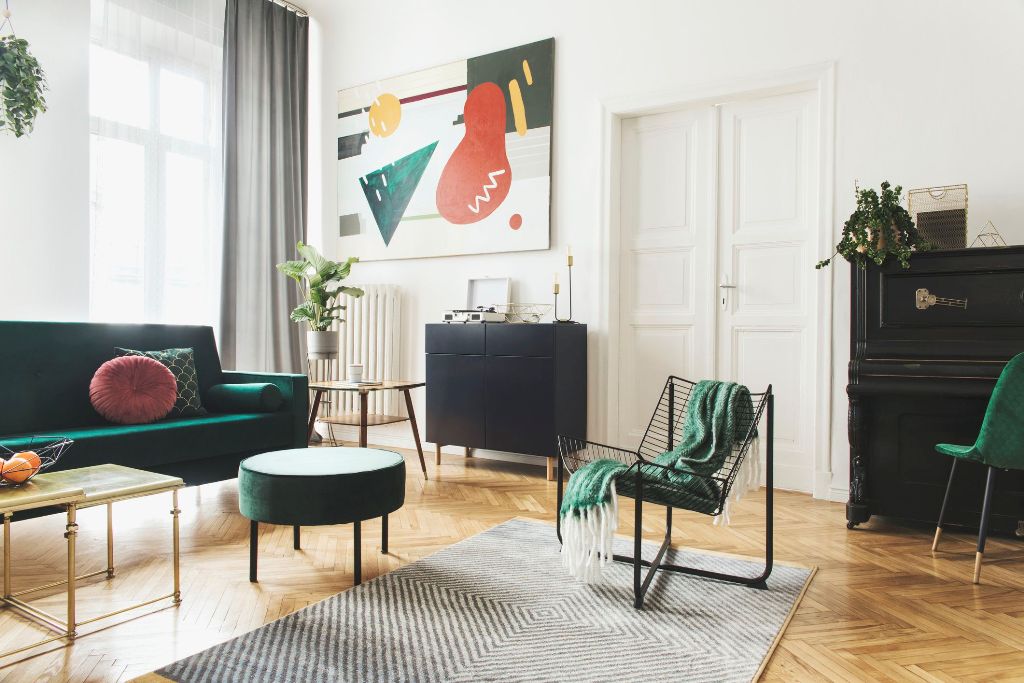
/GettyImages-1030845464-d9bf0a6179ff4601971a1ab963607969.jpg)
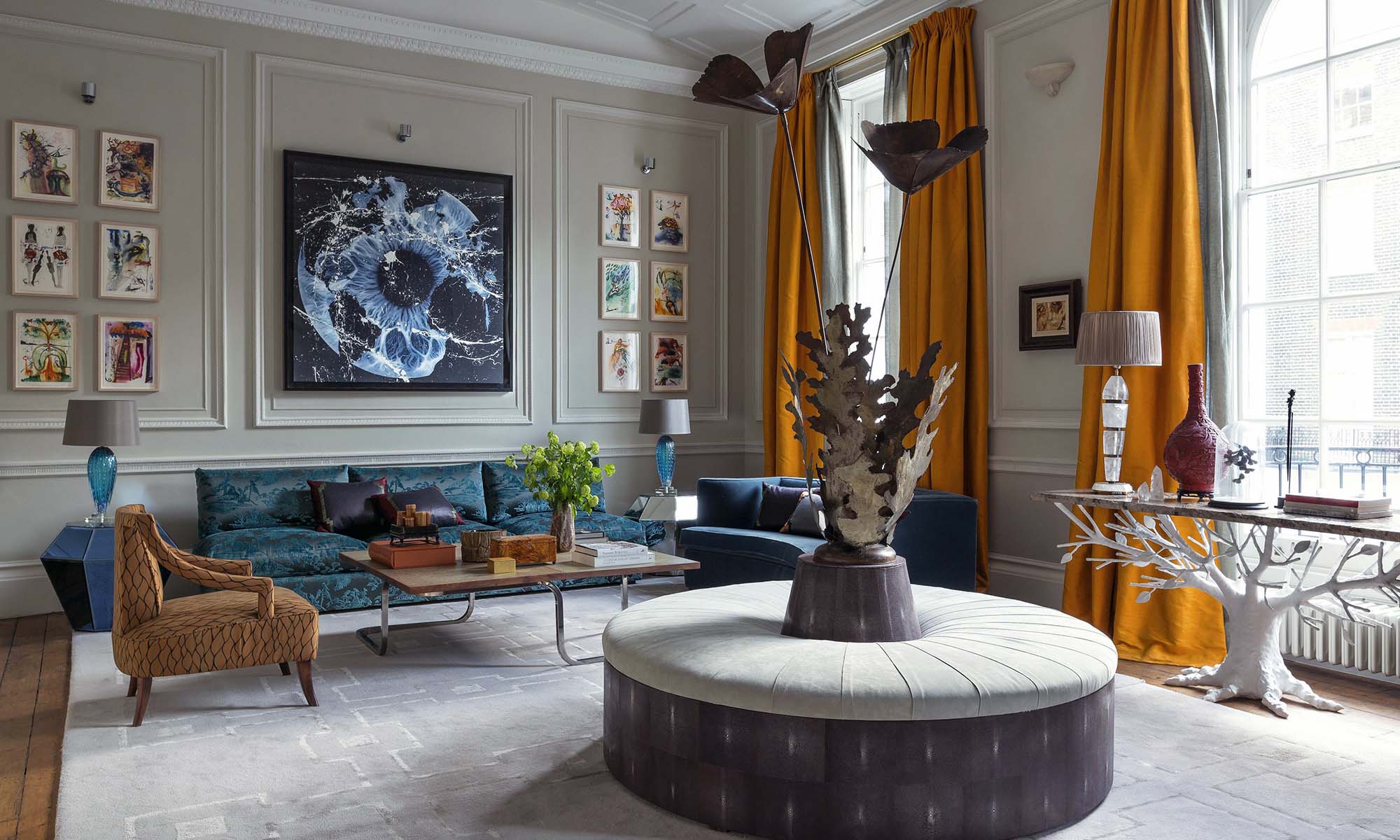

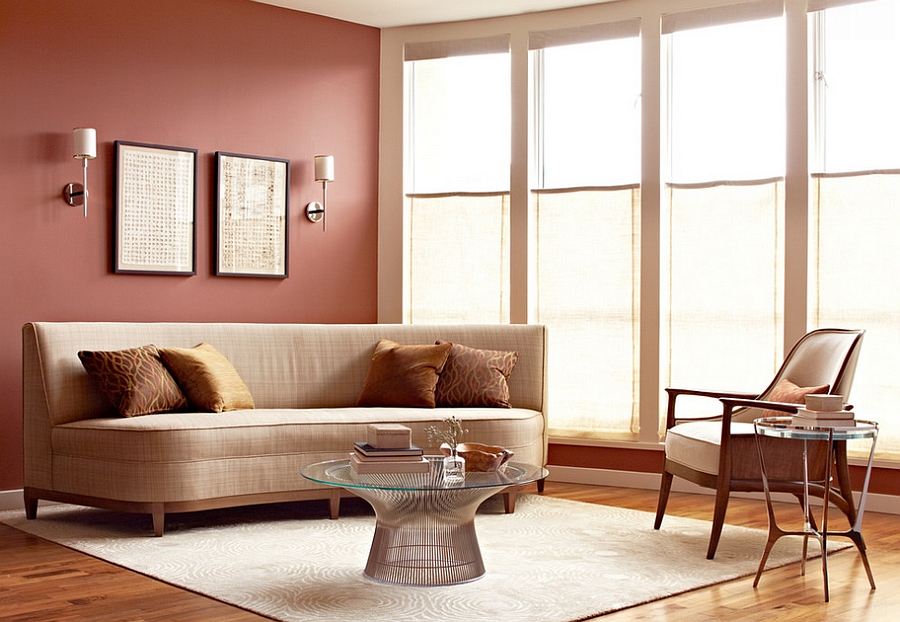

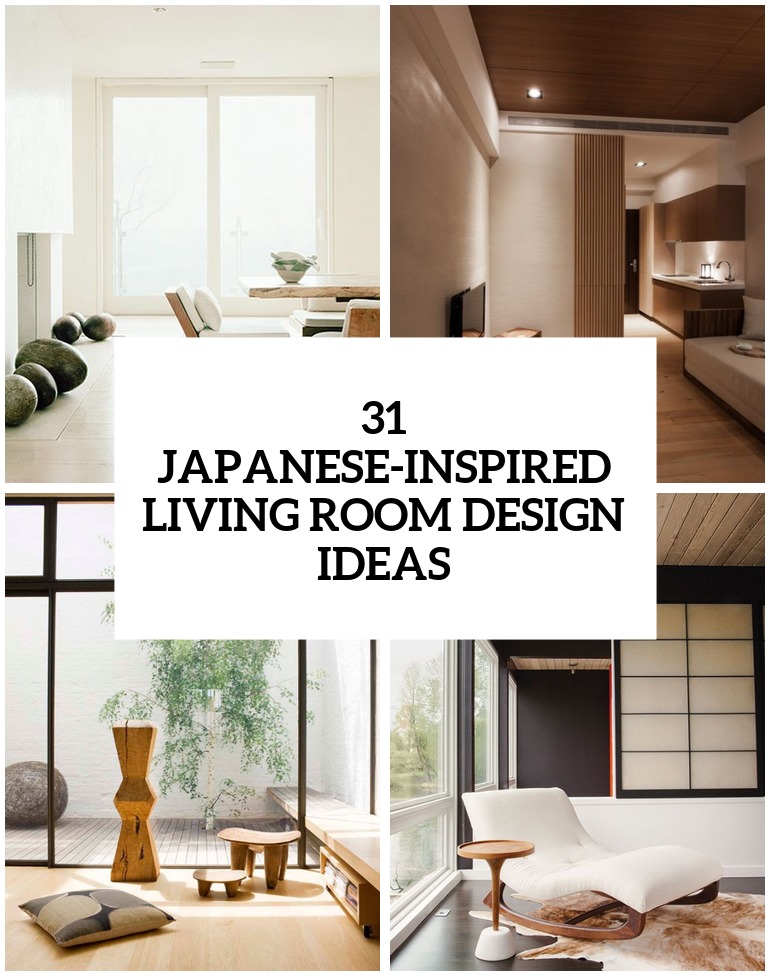
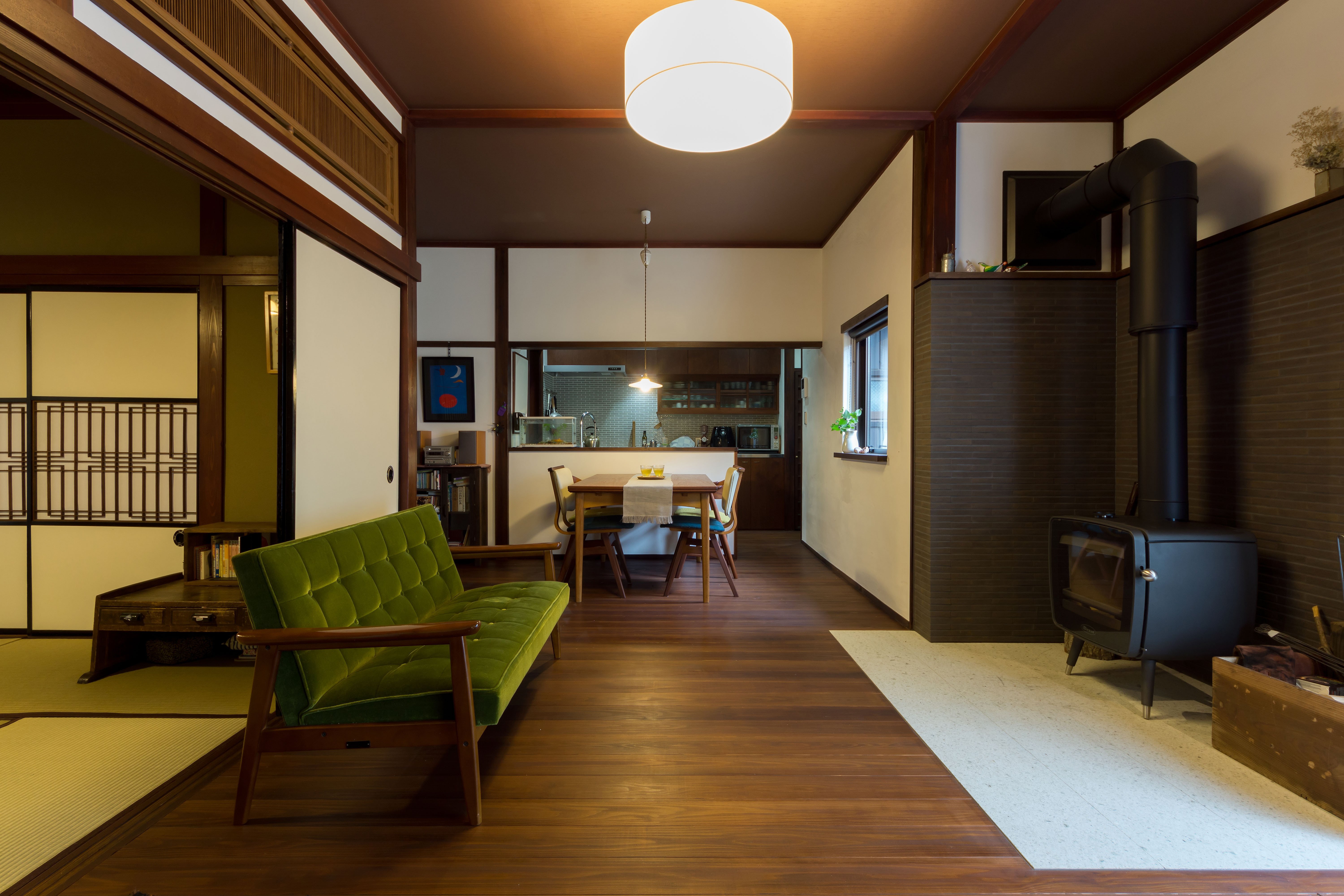

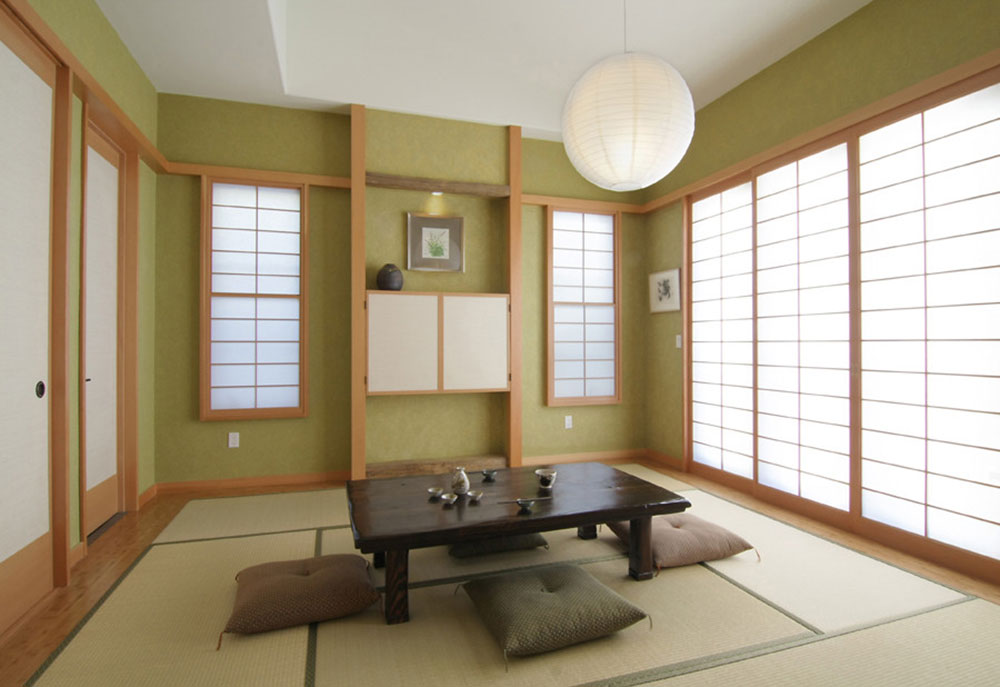







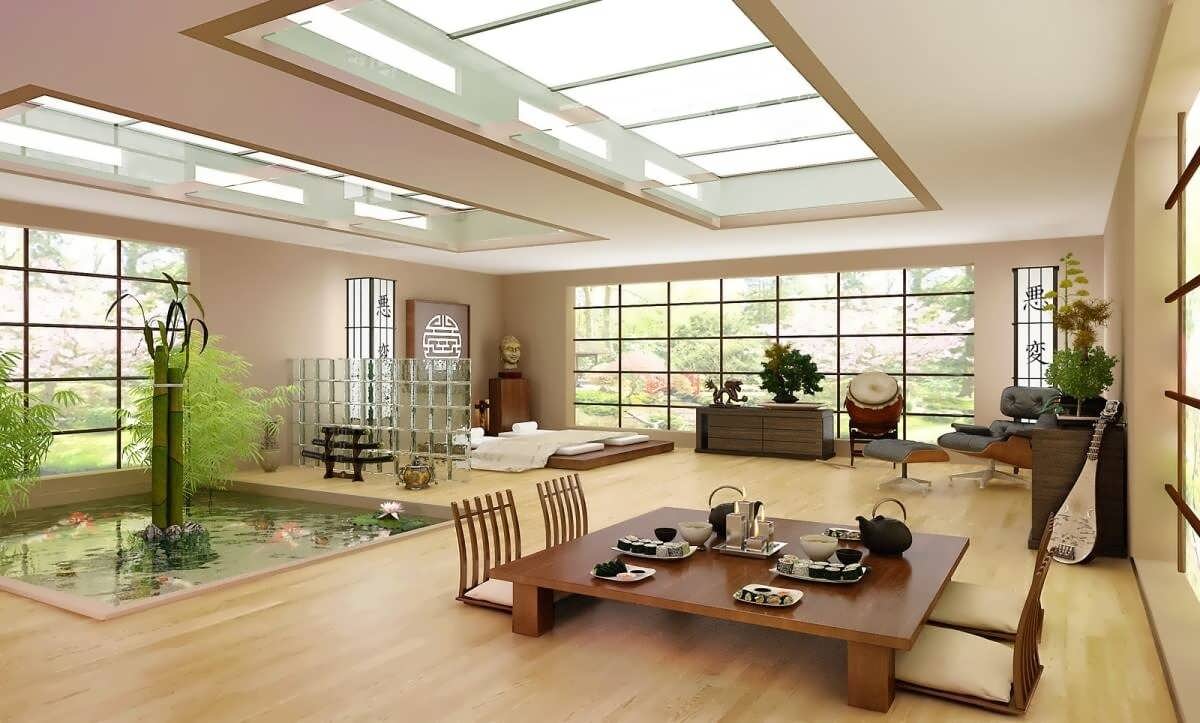


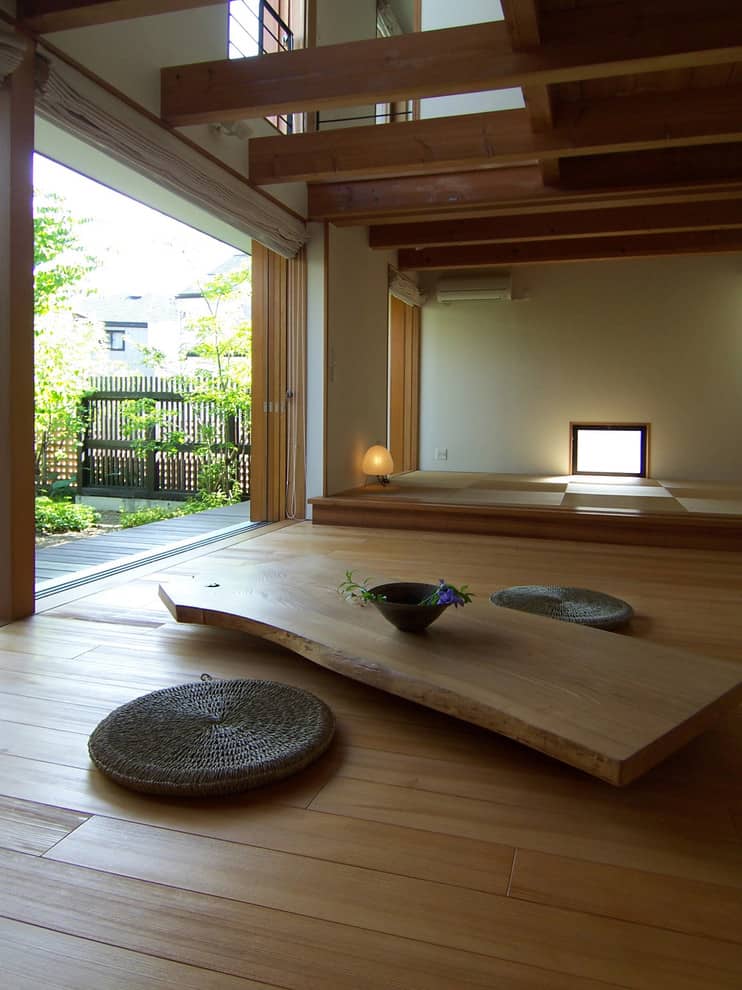

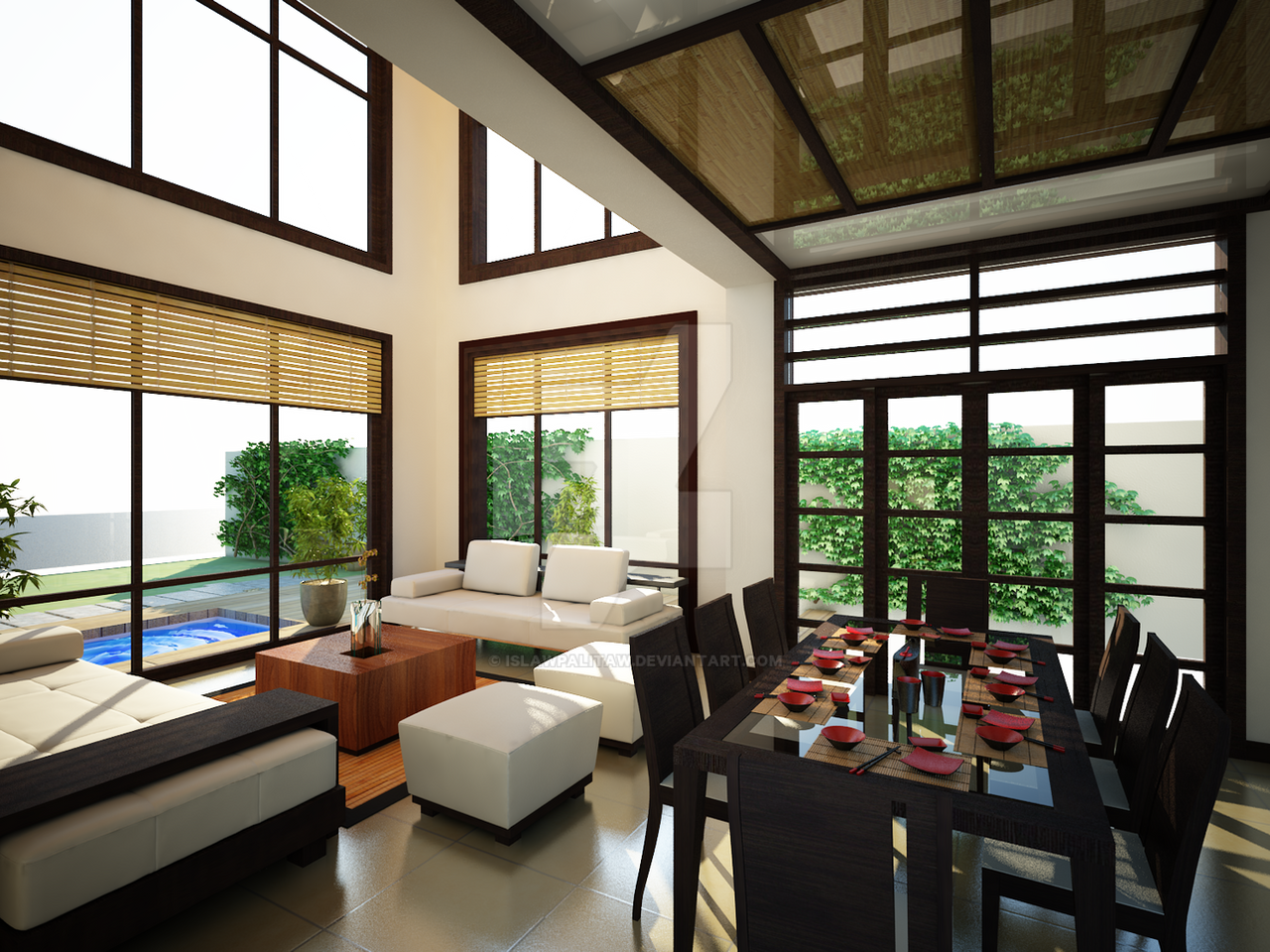
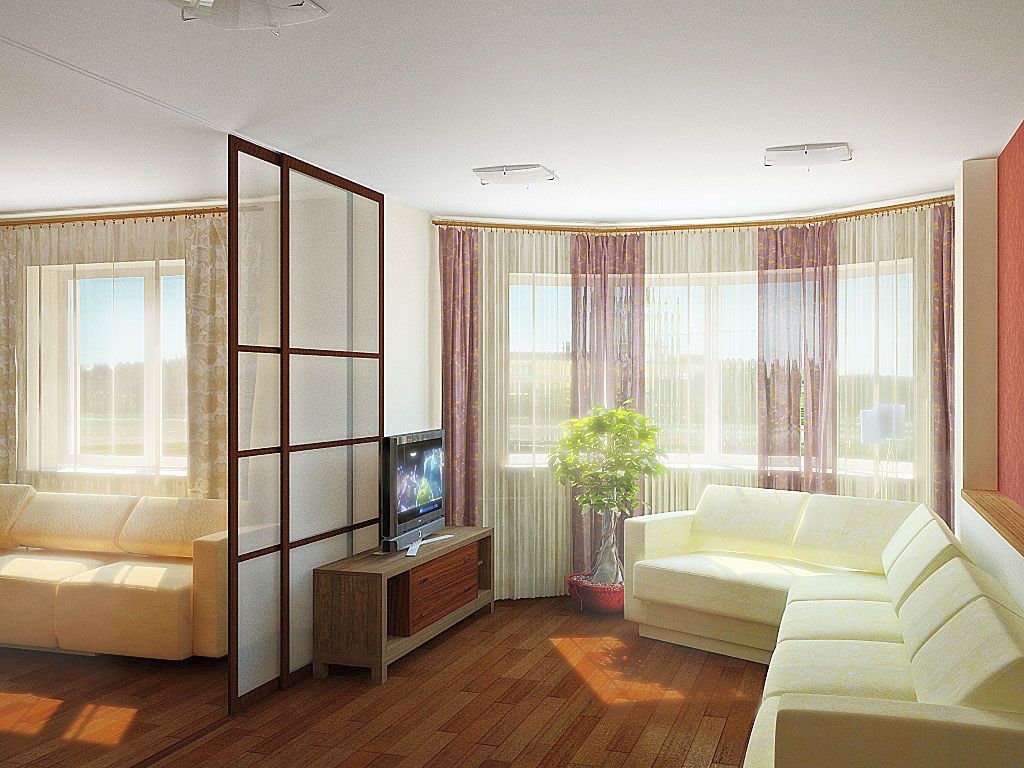

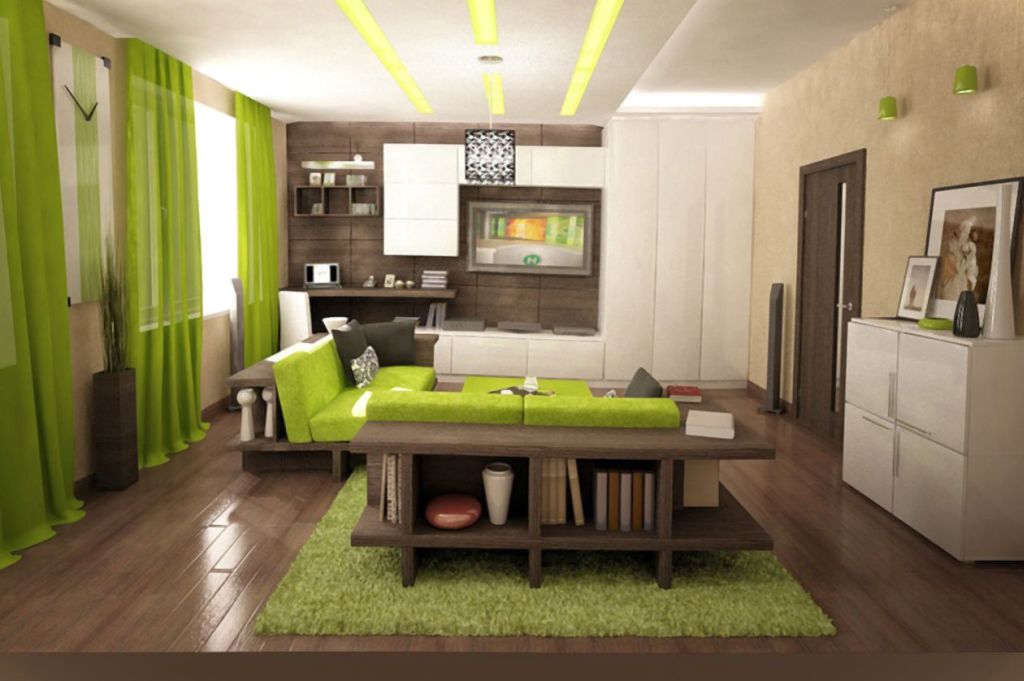
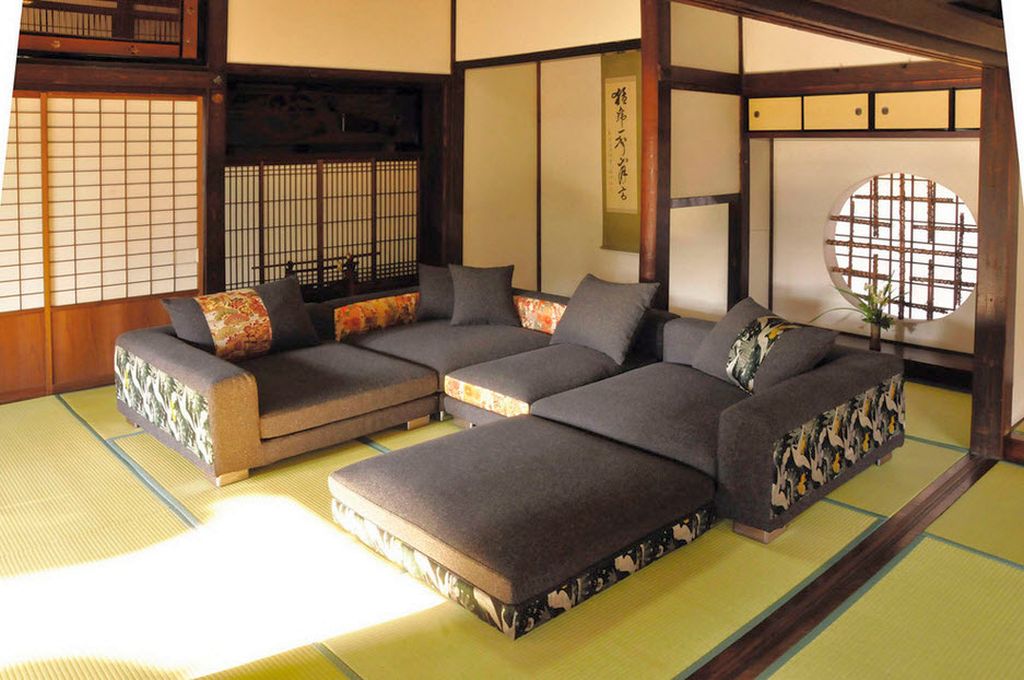

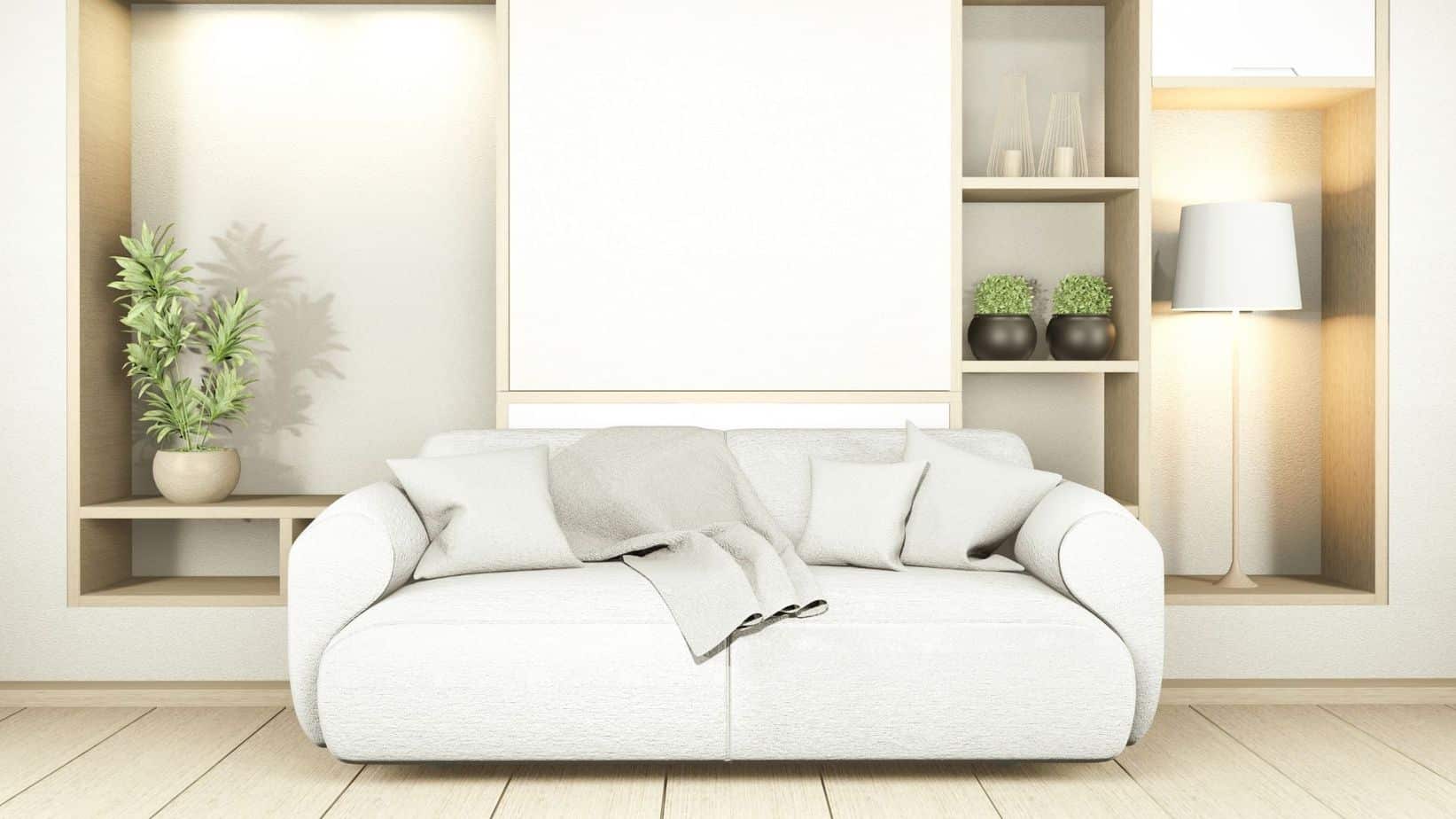
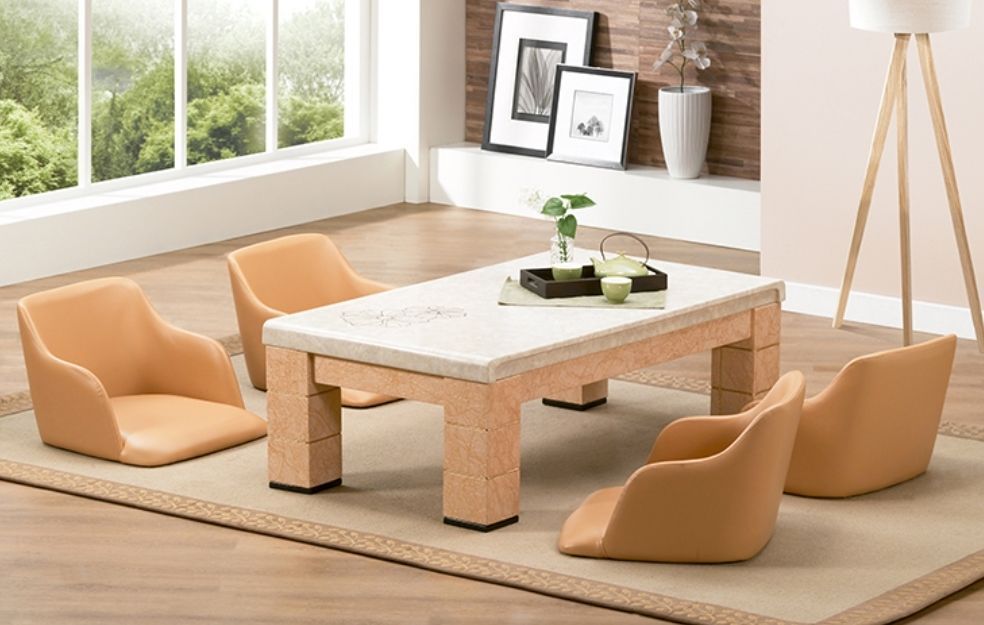
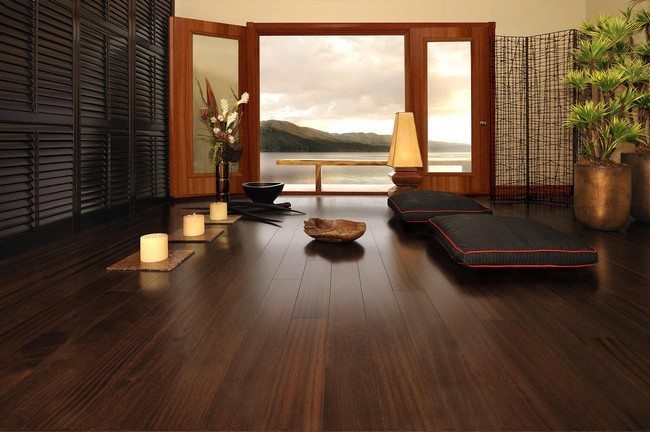






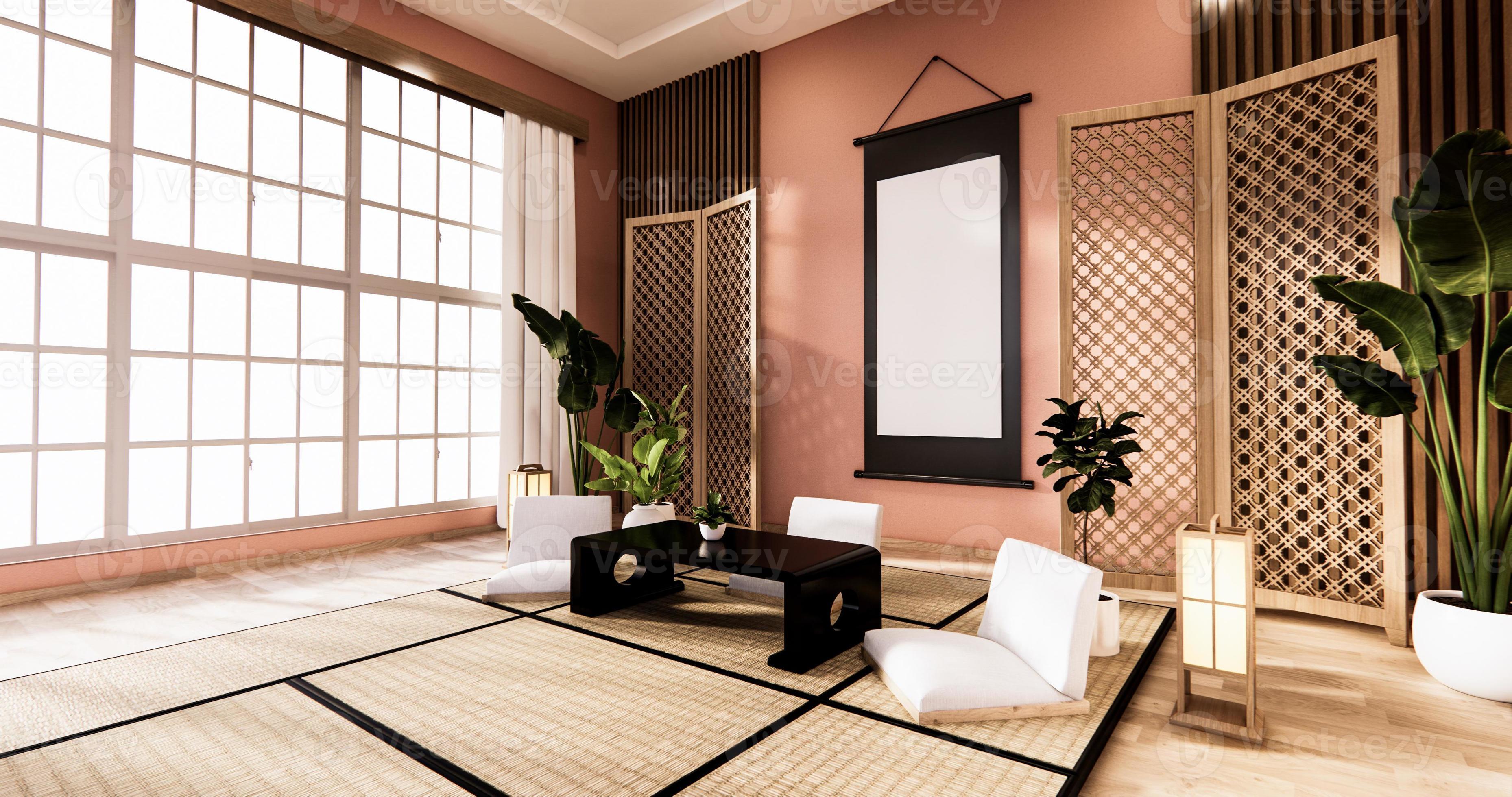

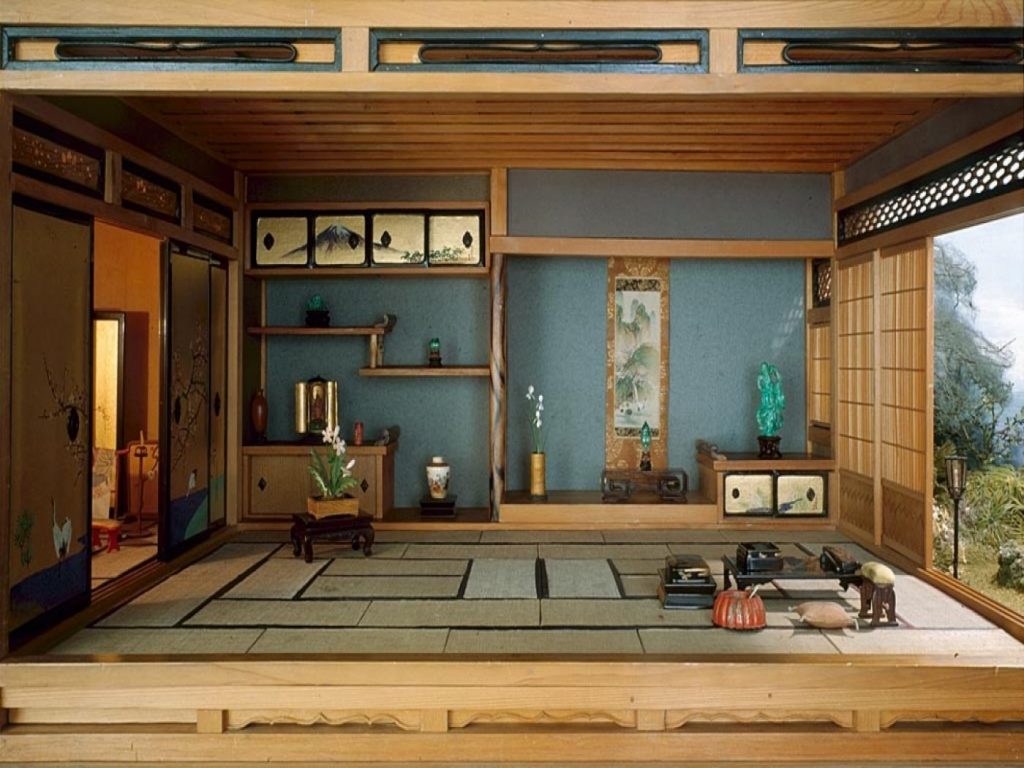

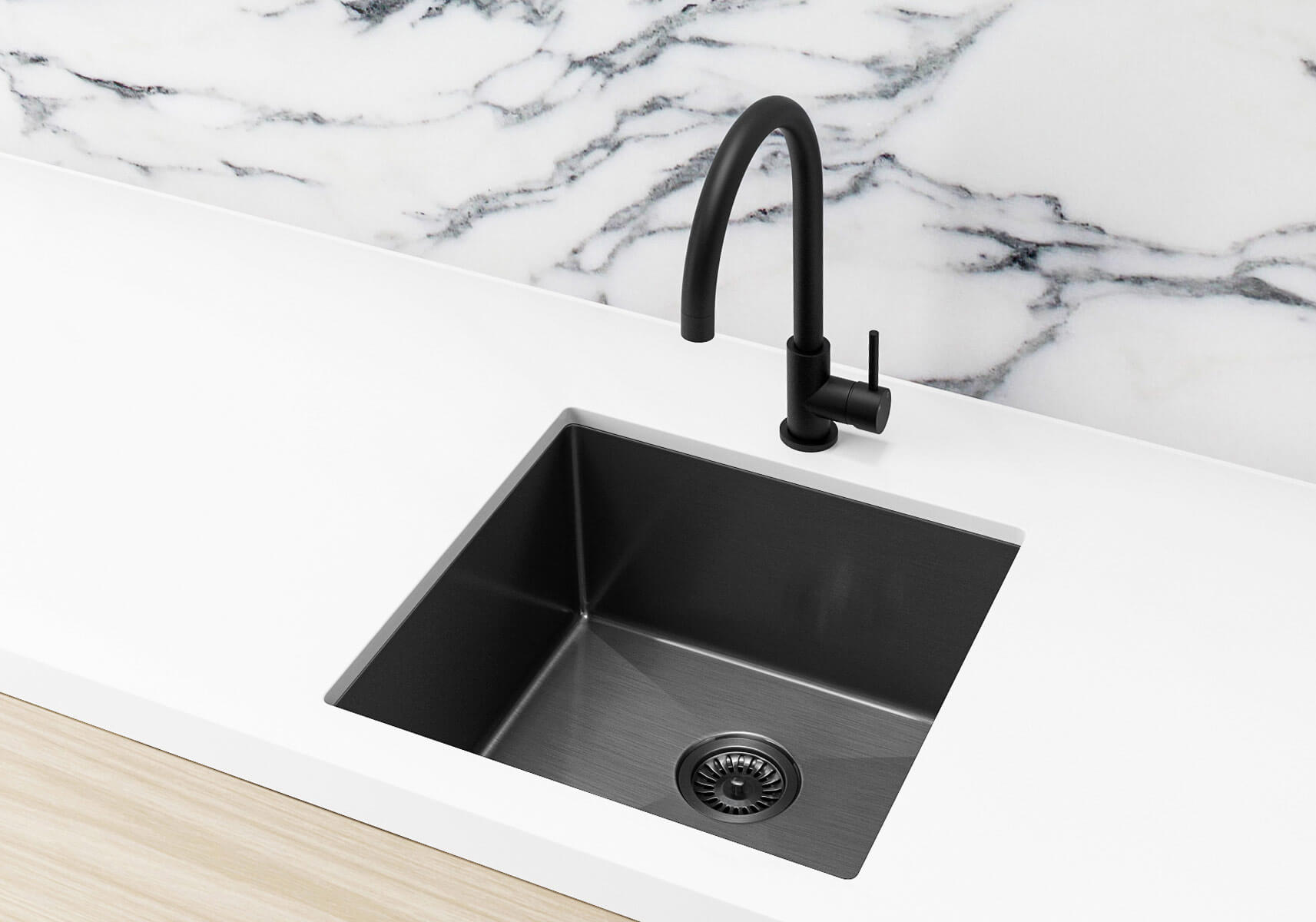



/small-living-room-ideas-4129044-hero-25cff5d762a94ccba3472eaca79e56cb.jpg)

